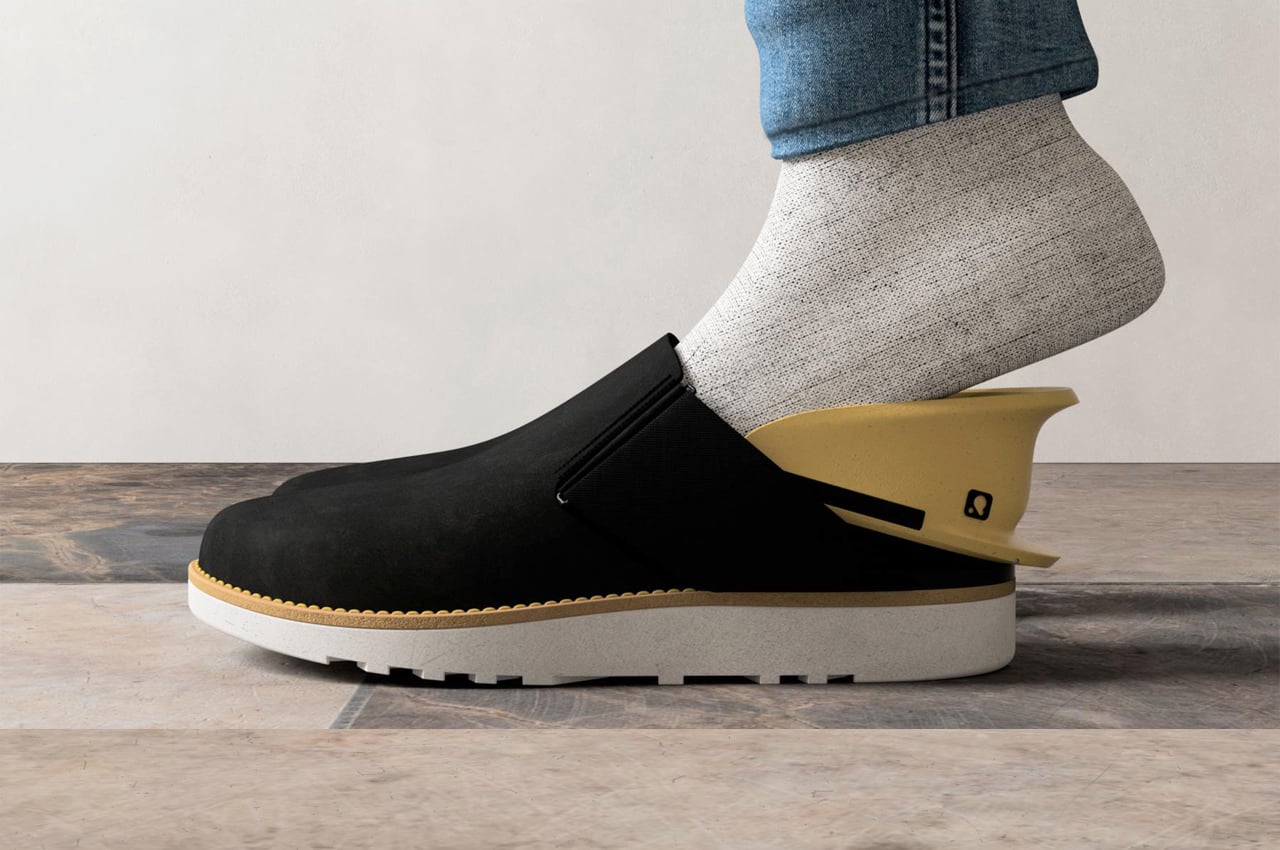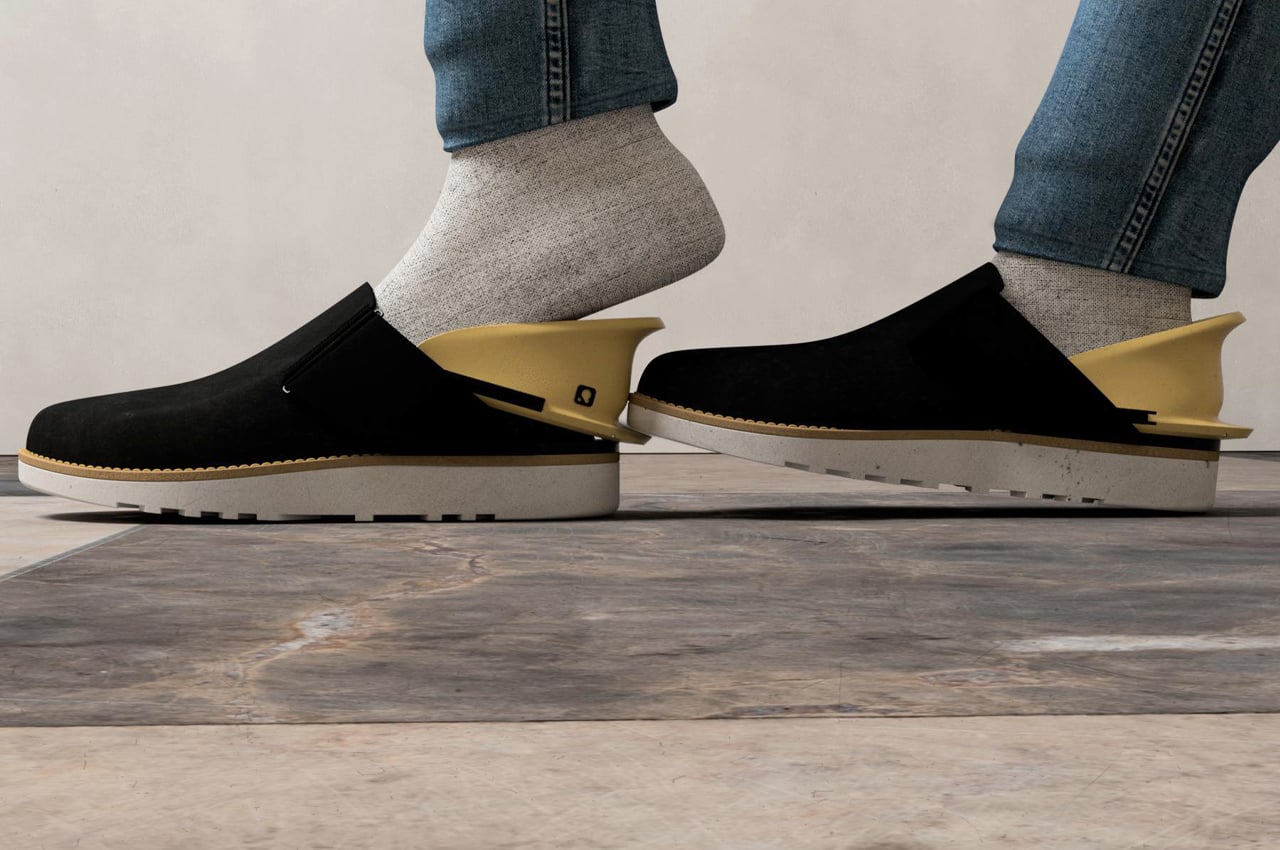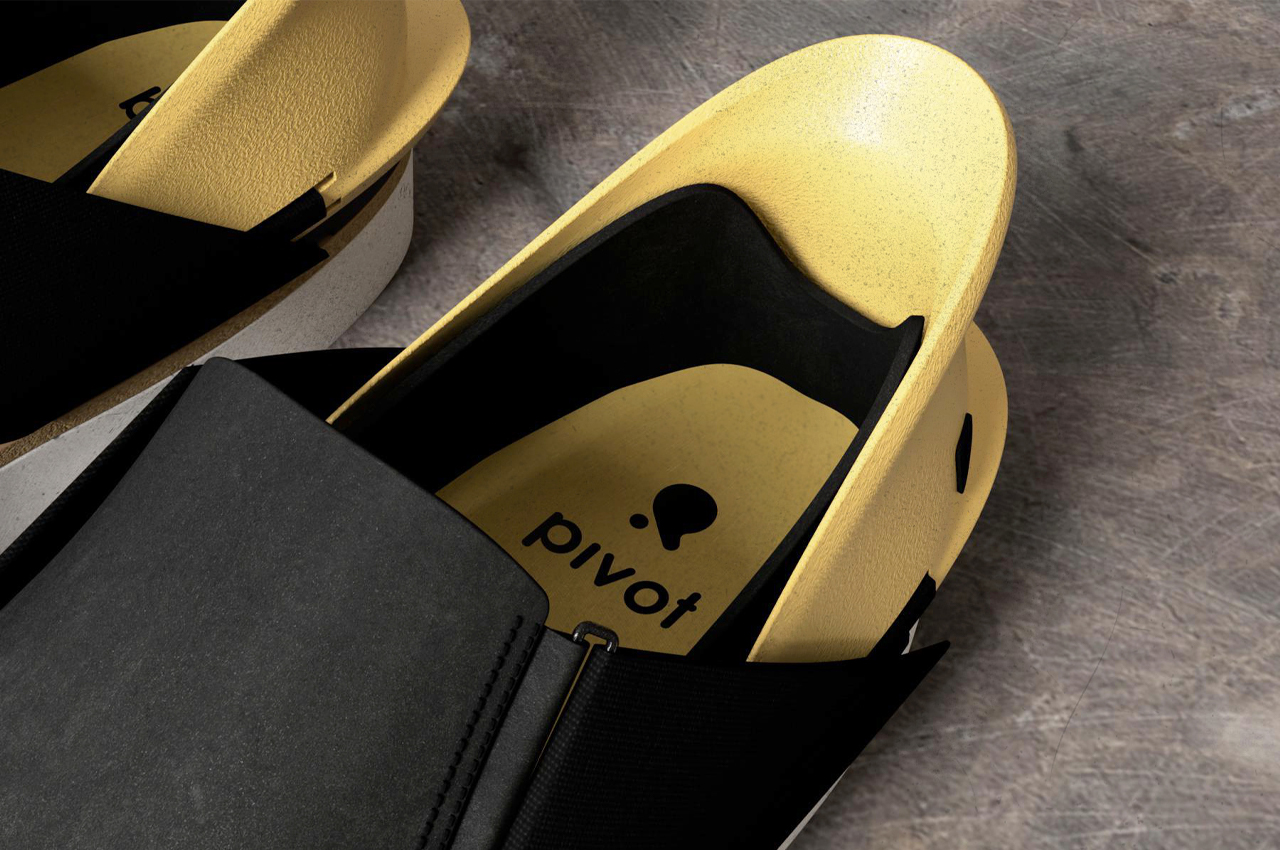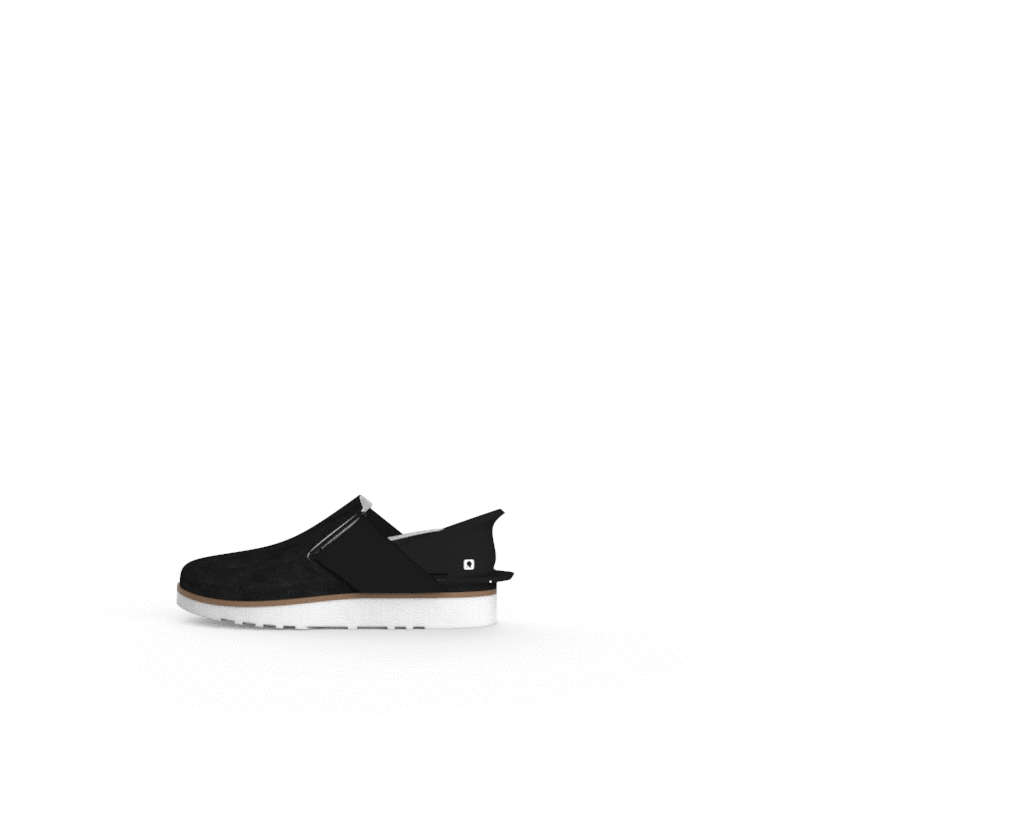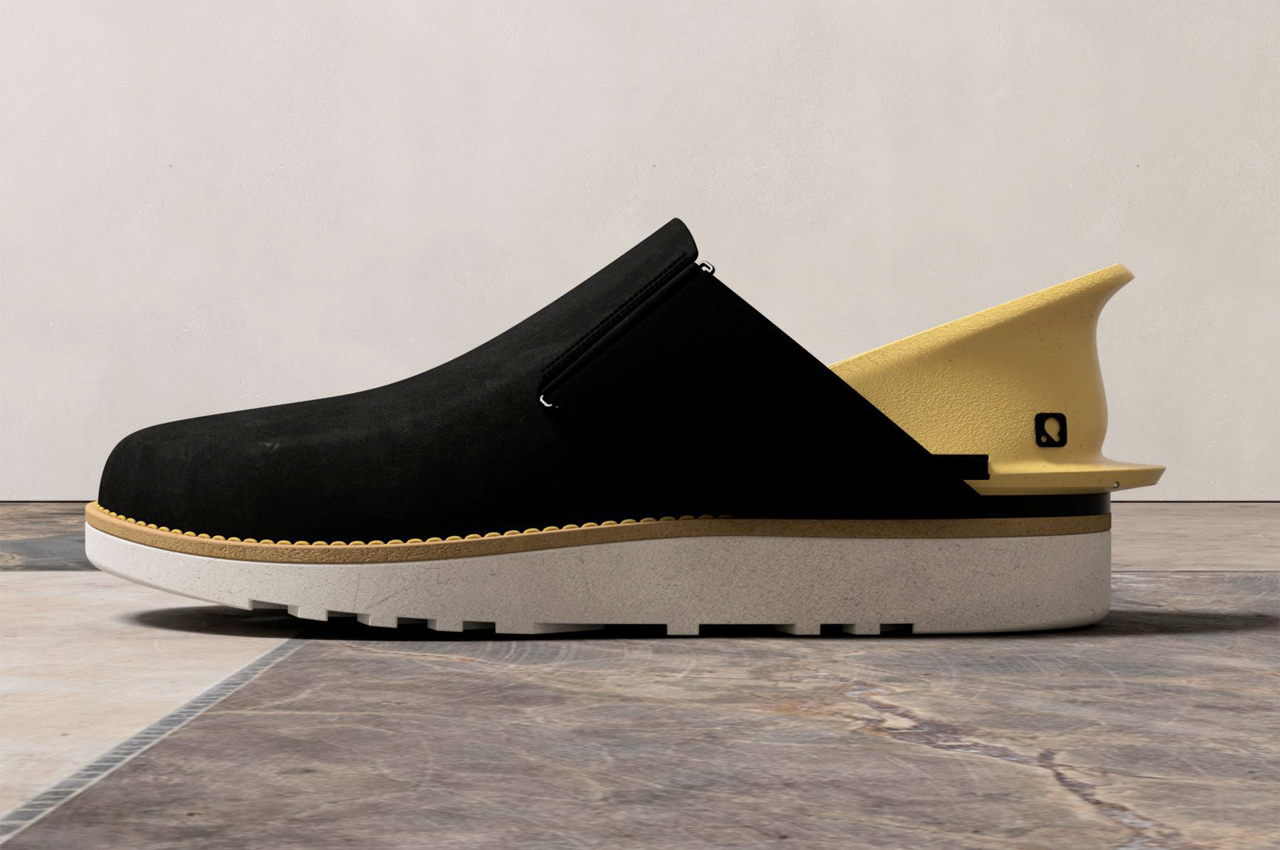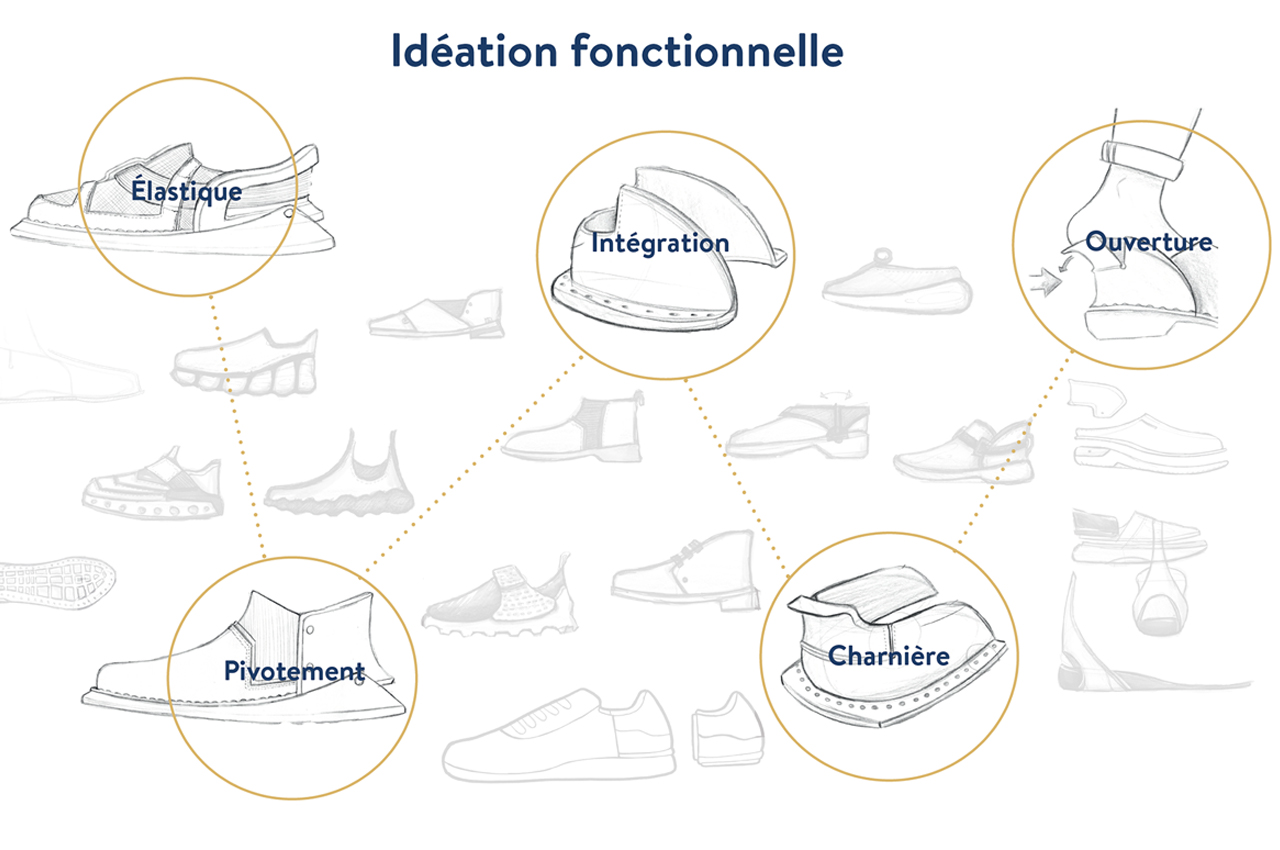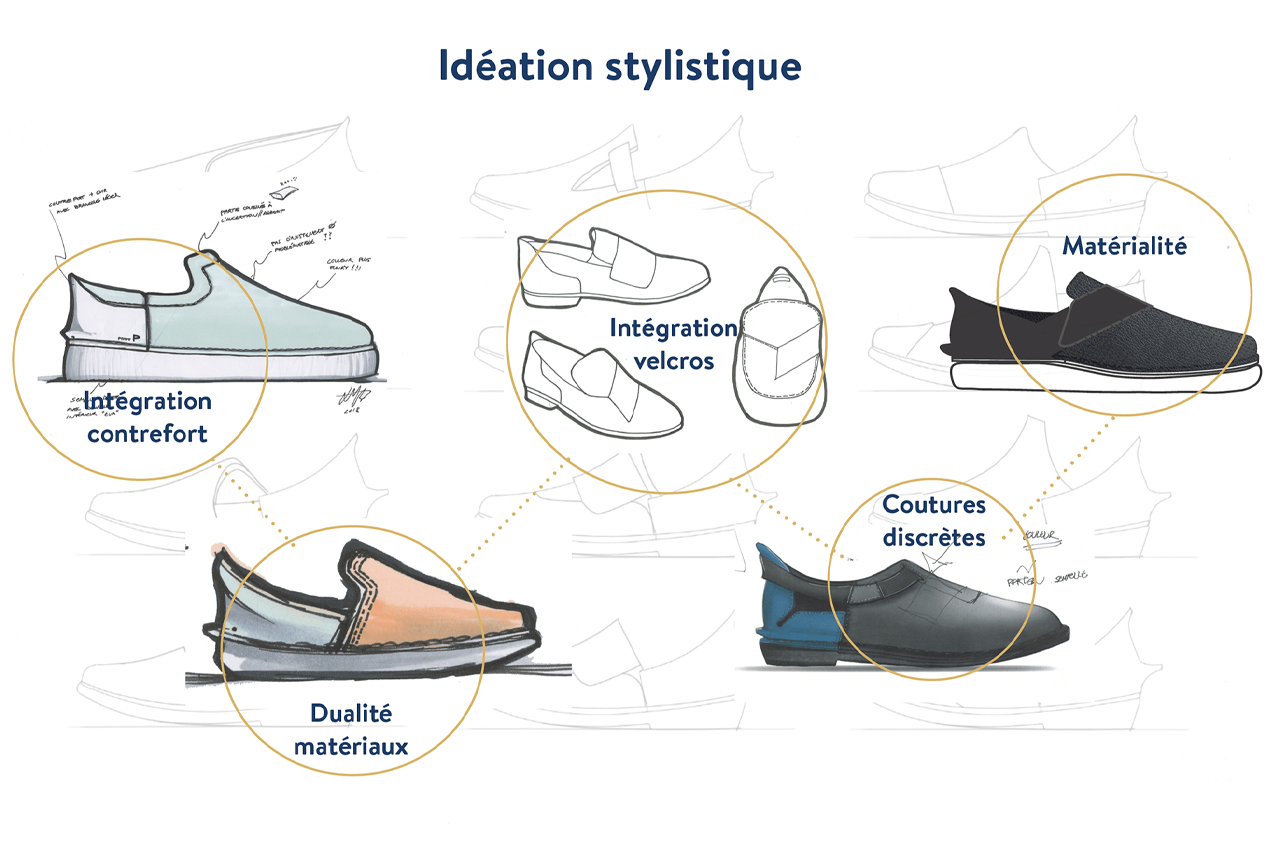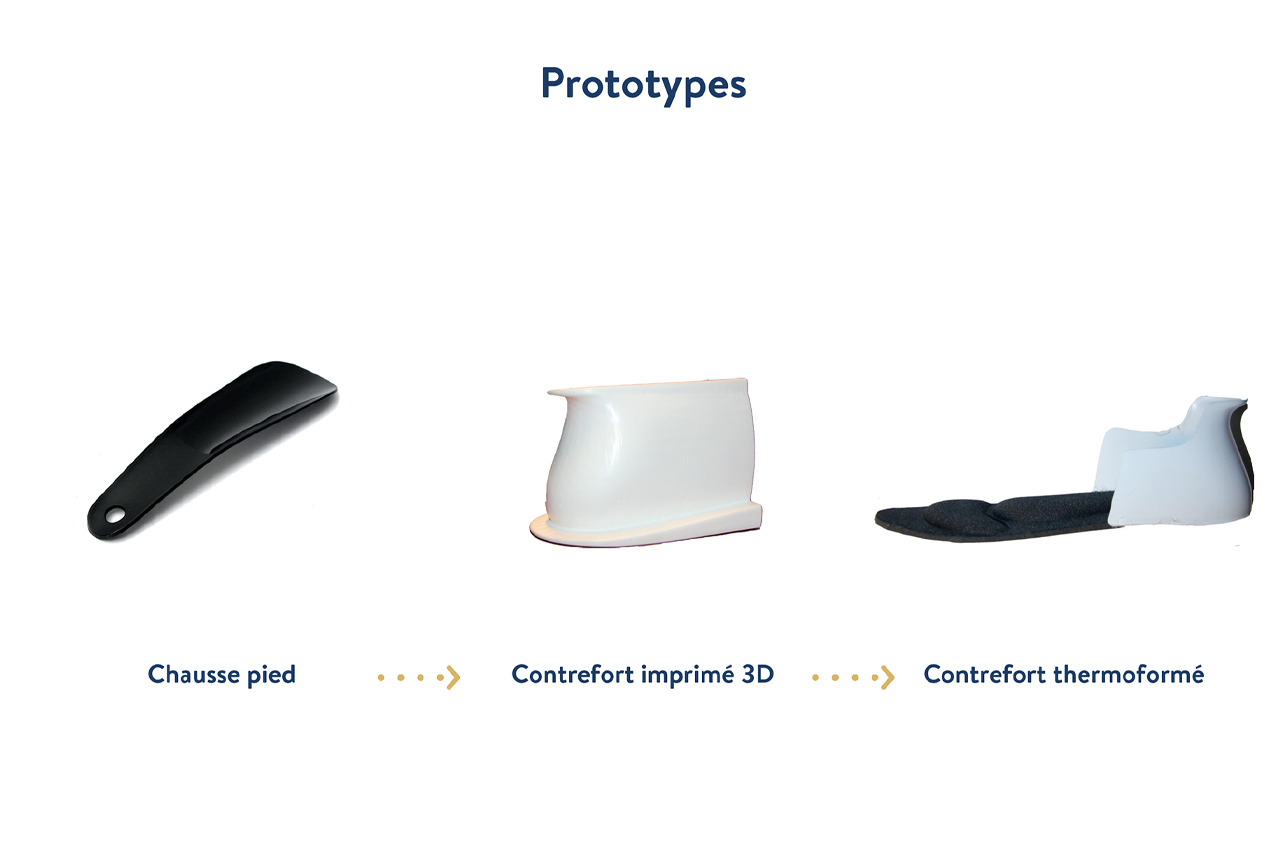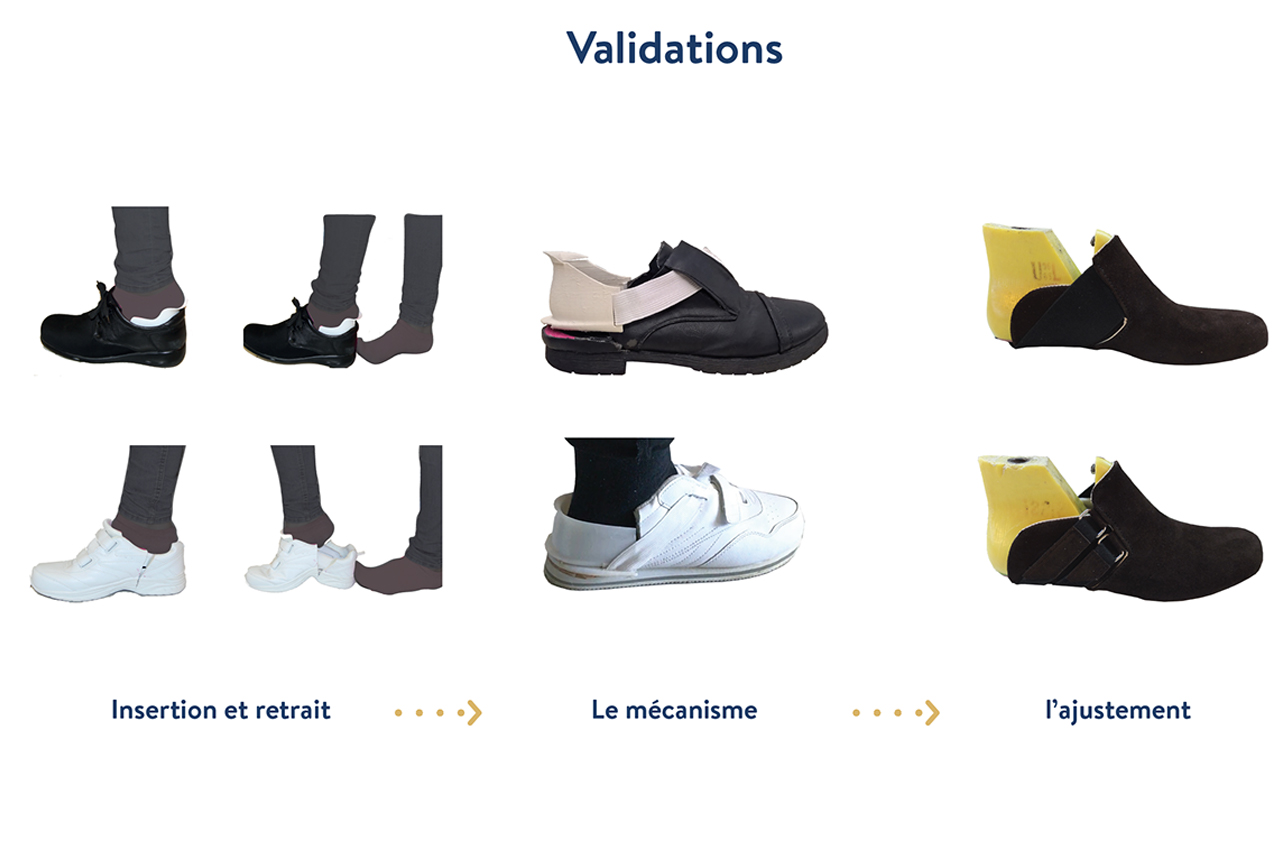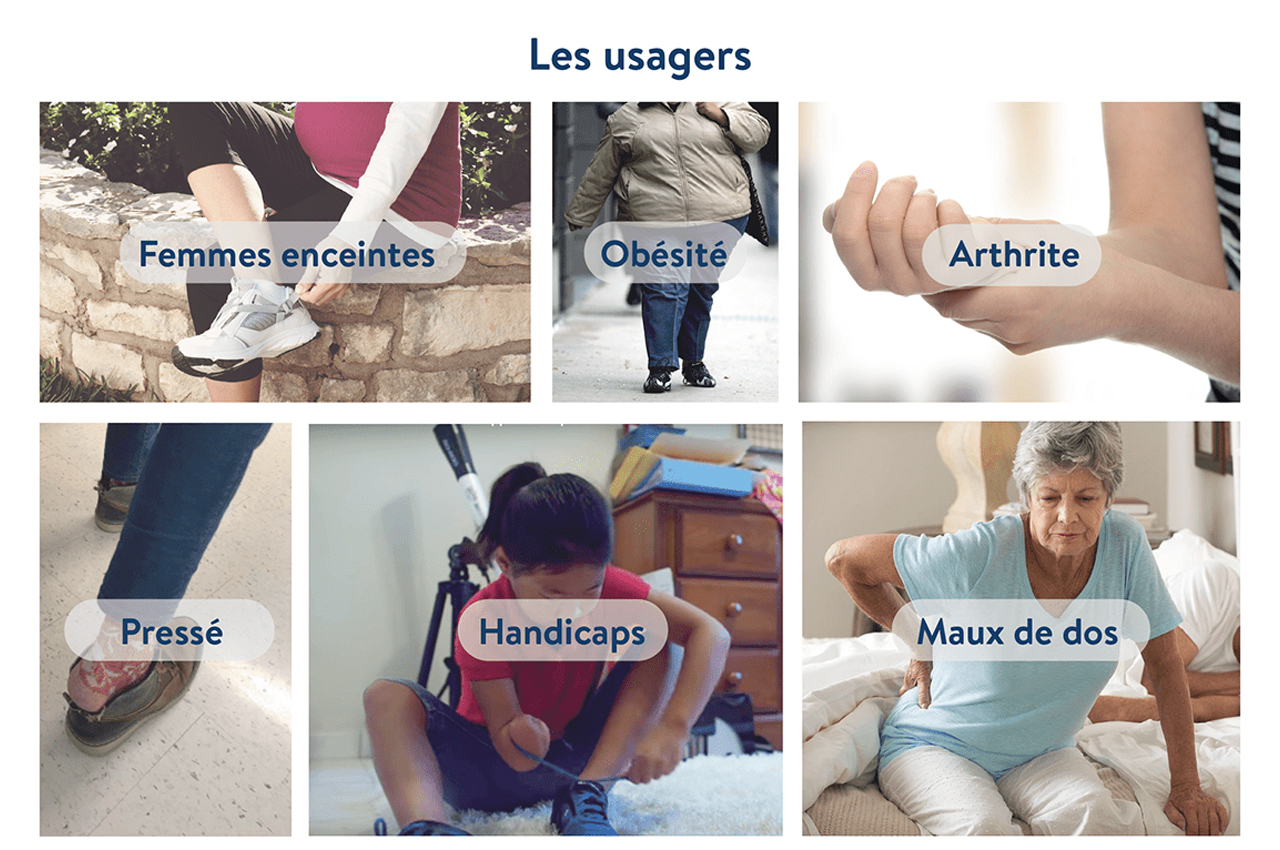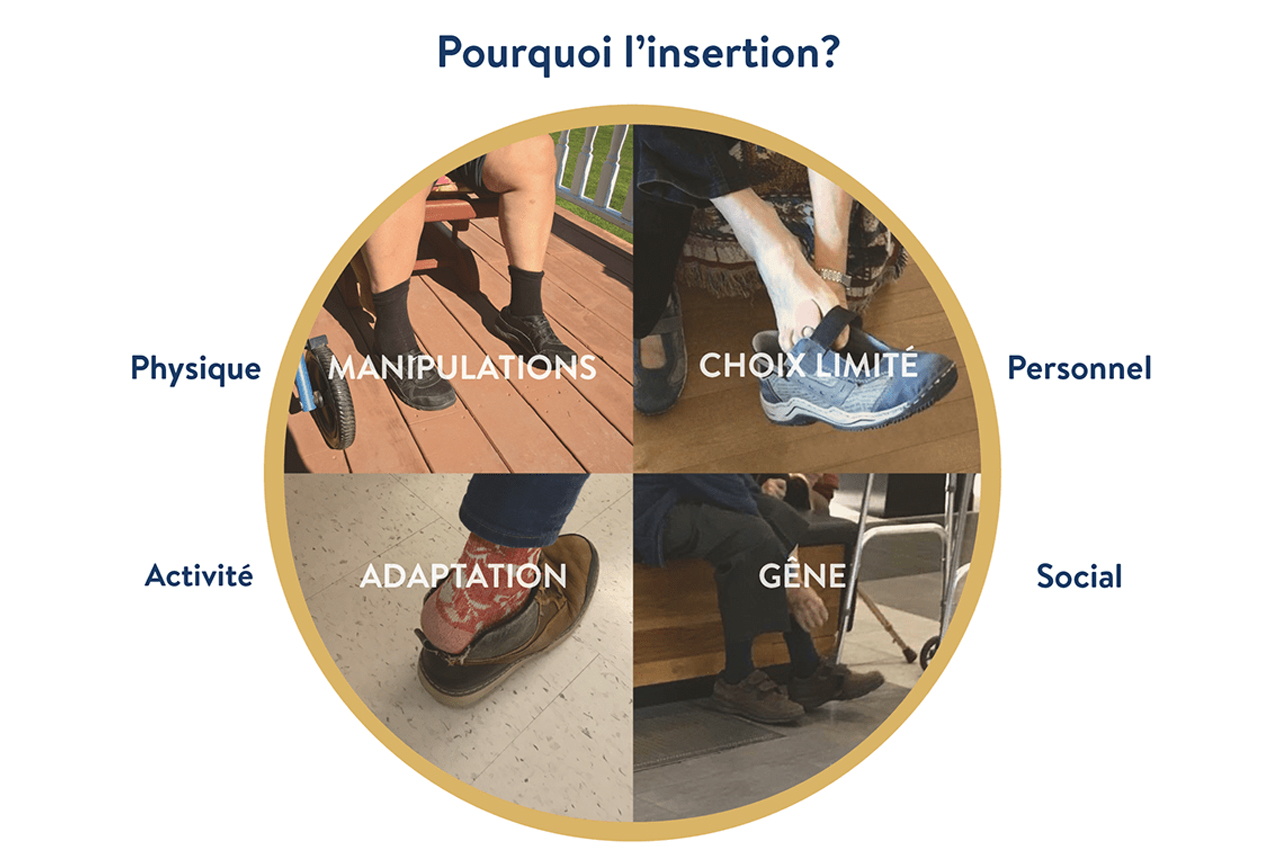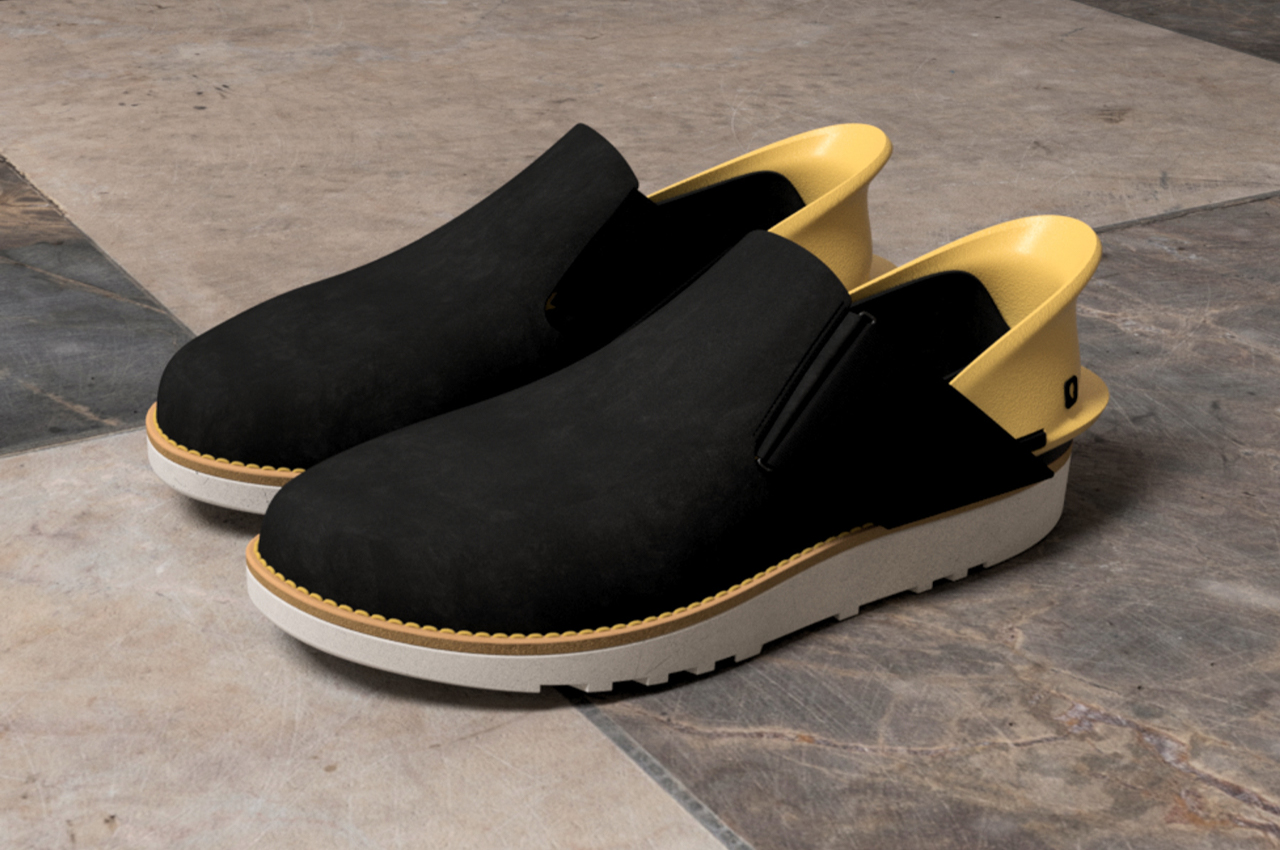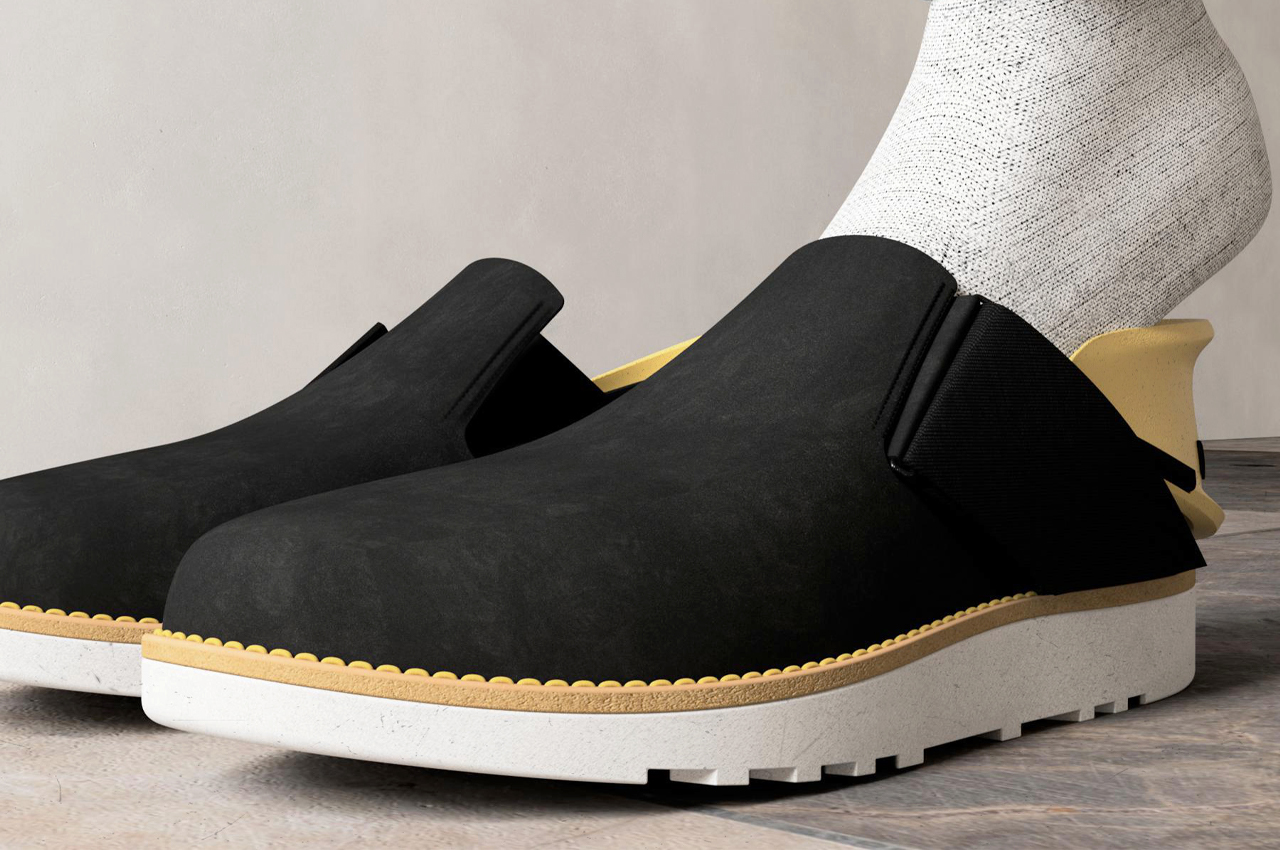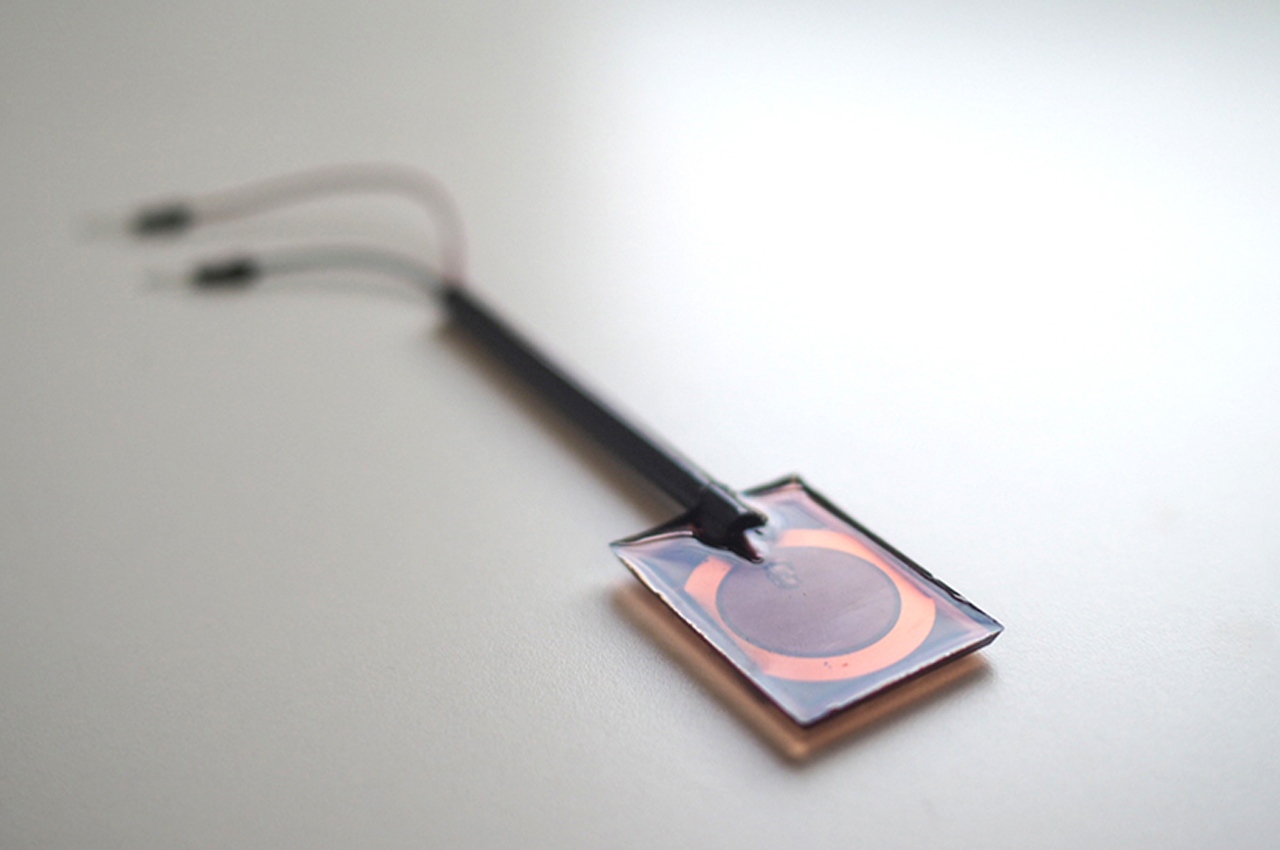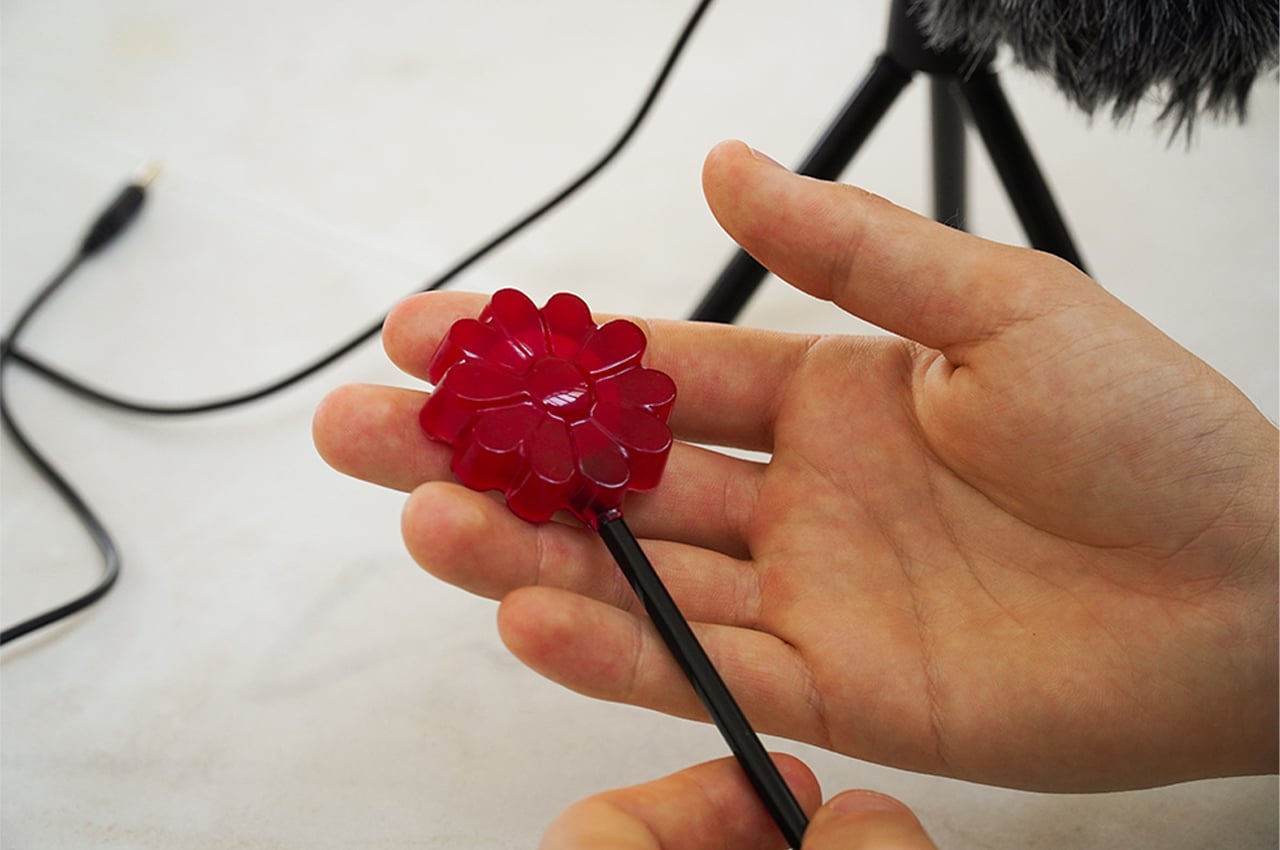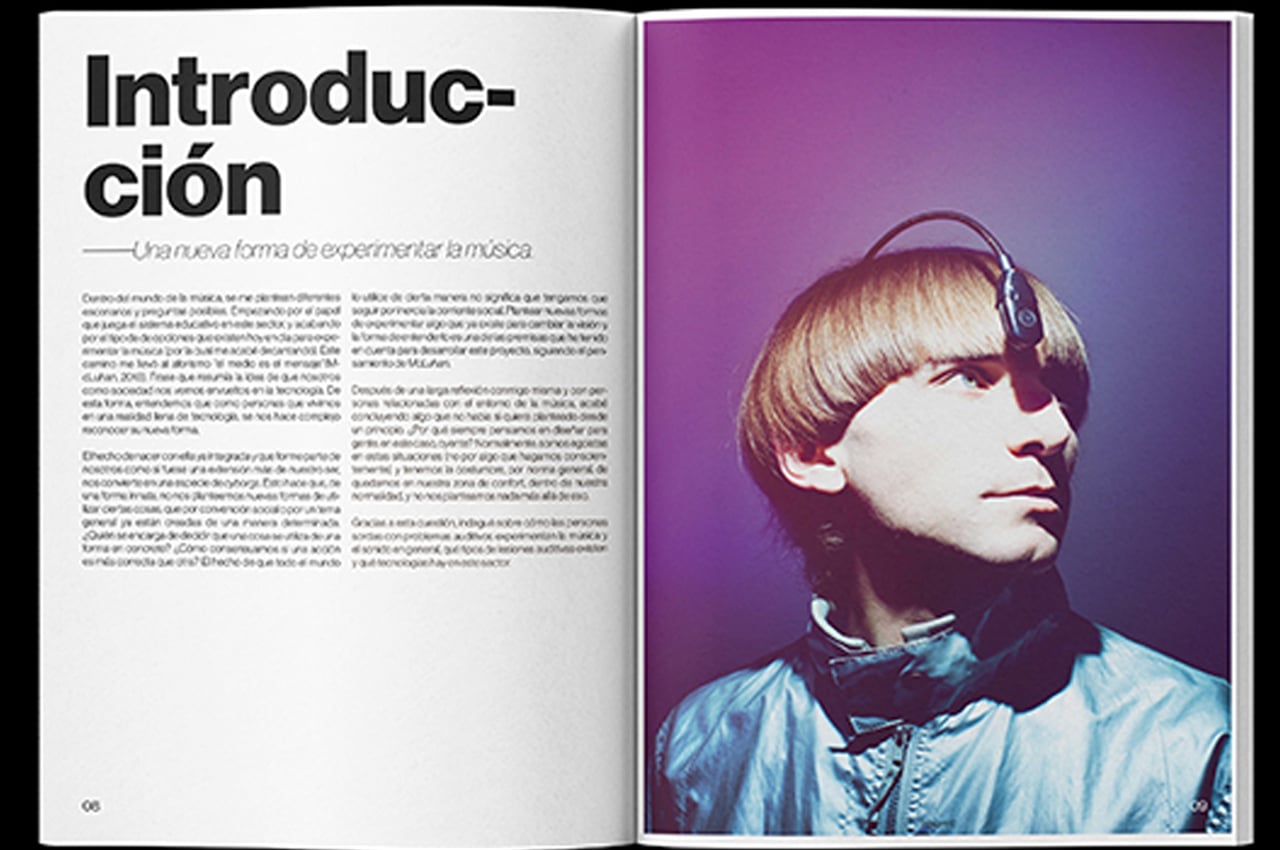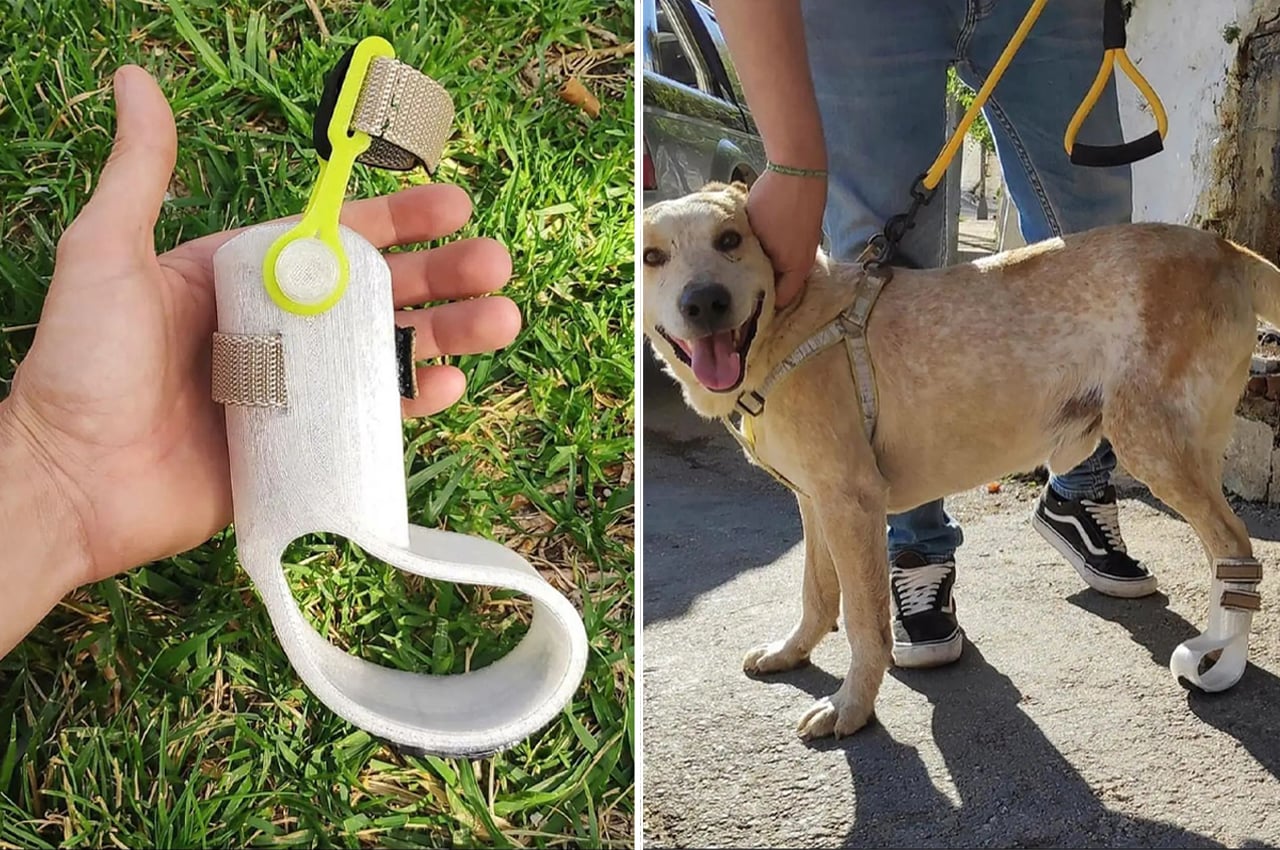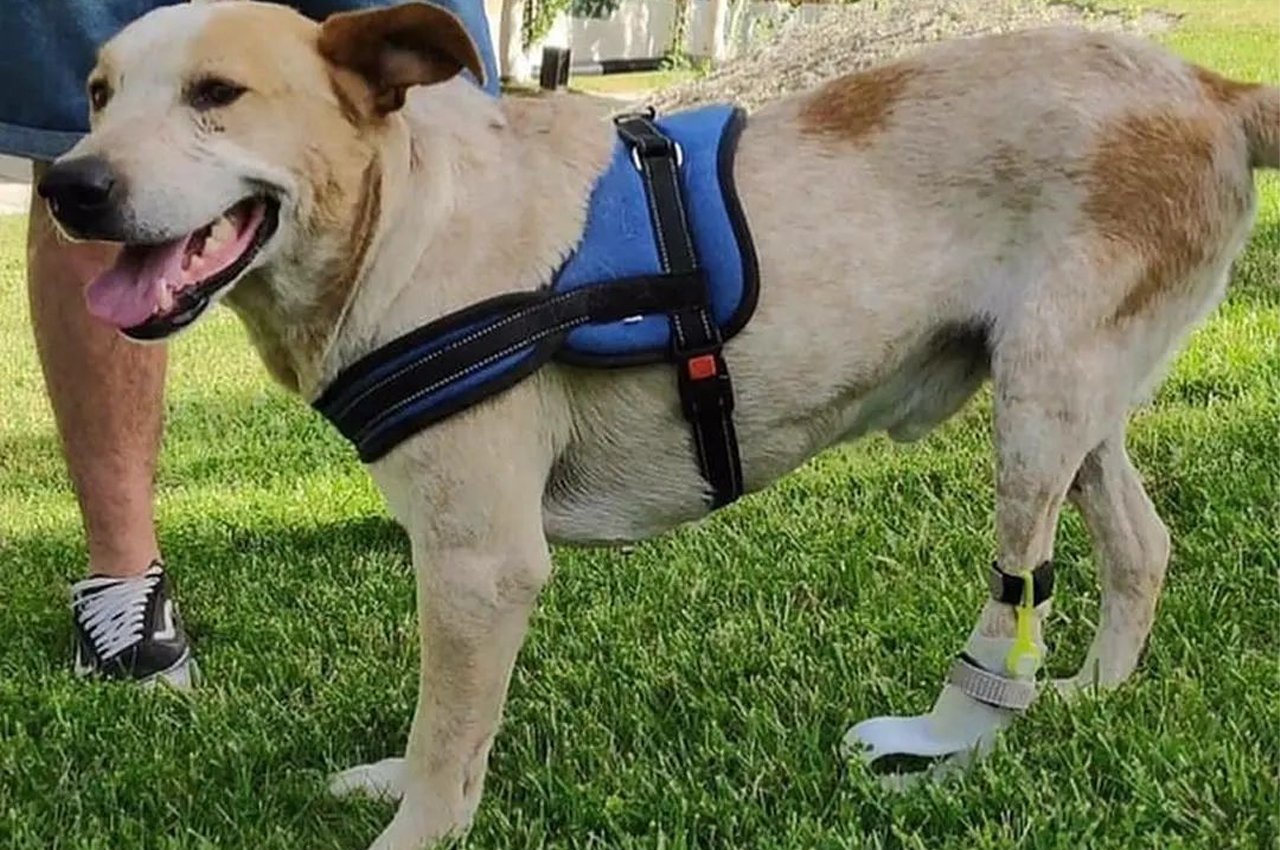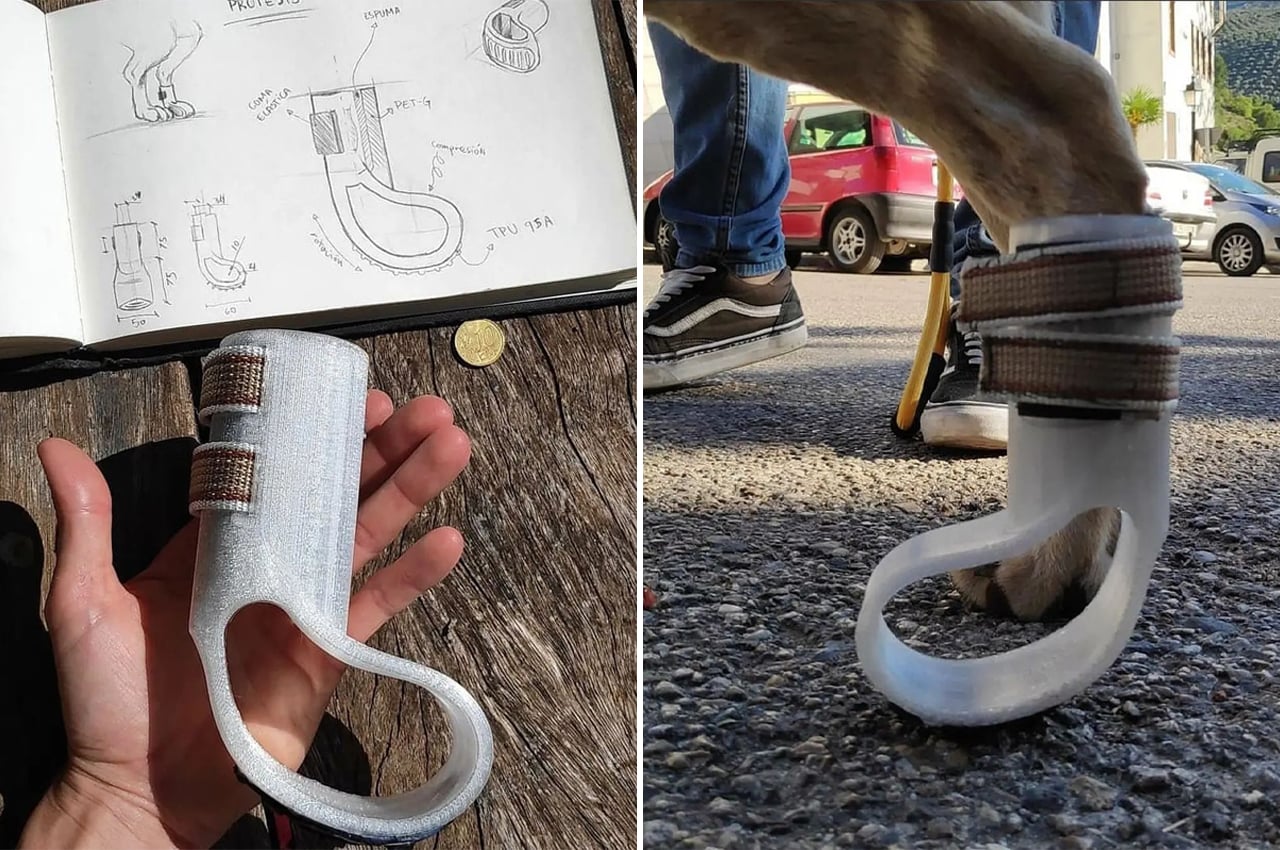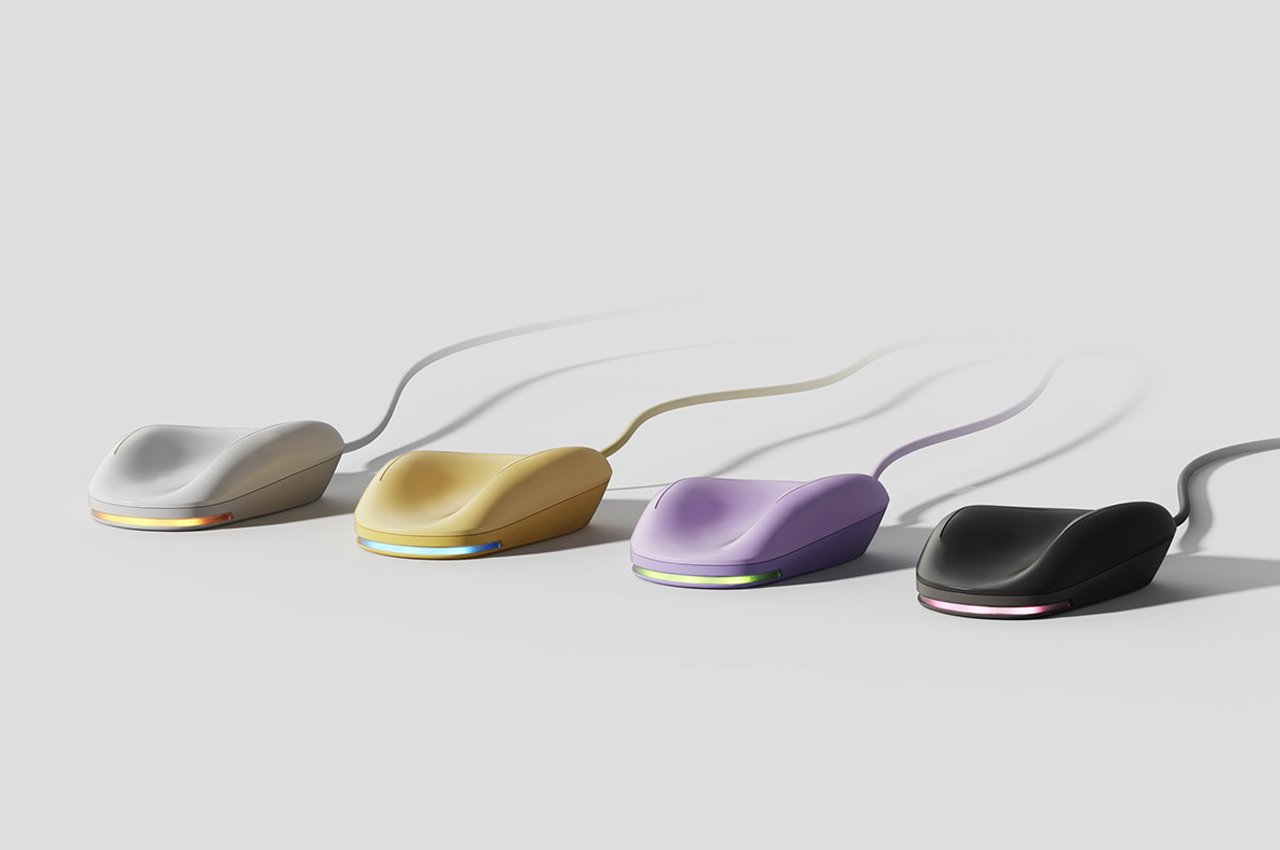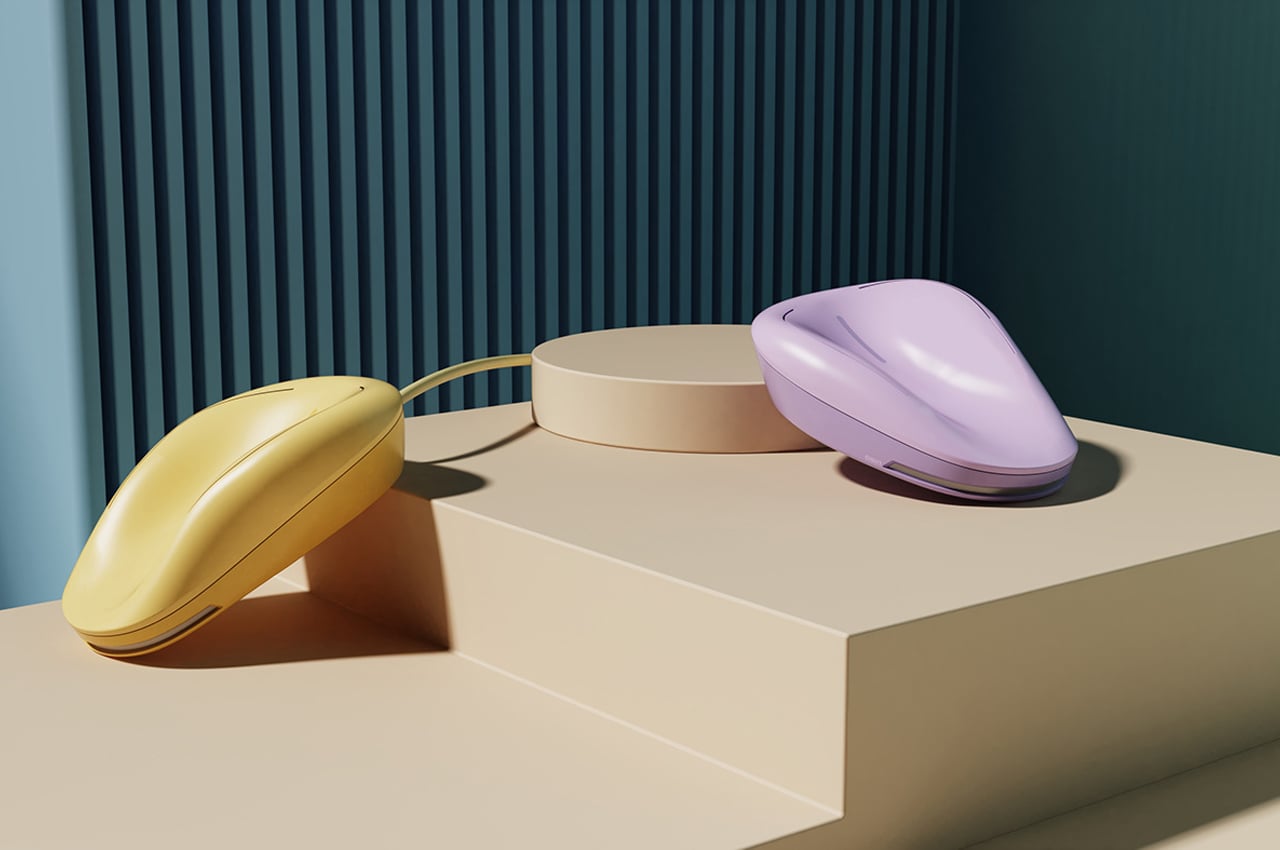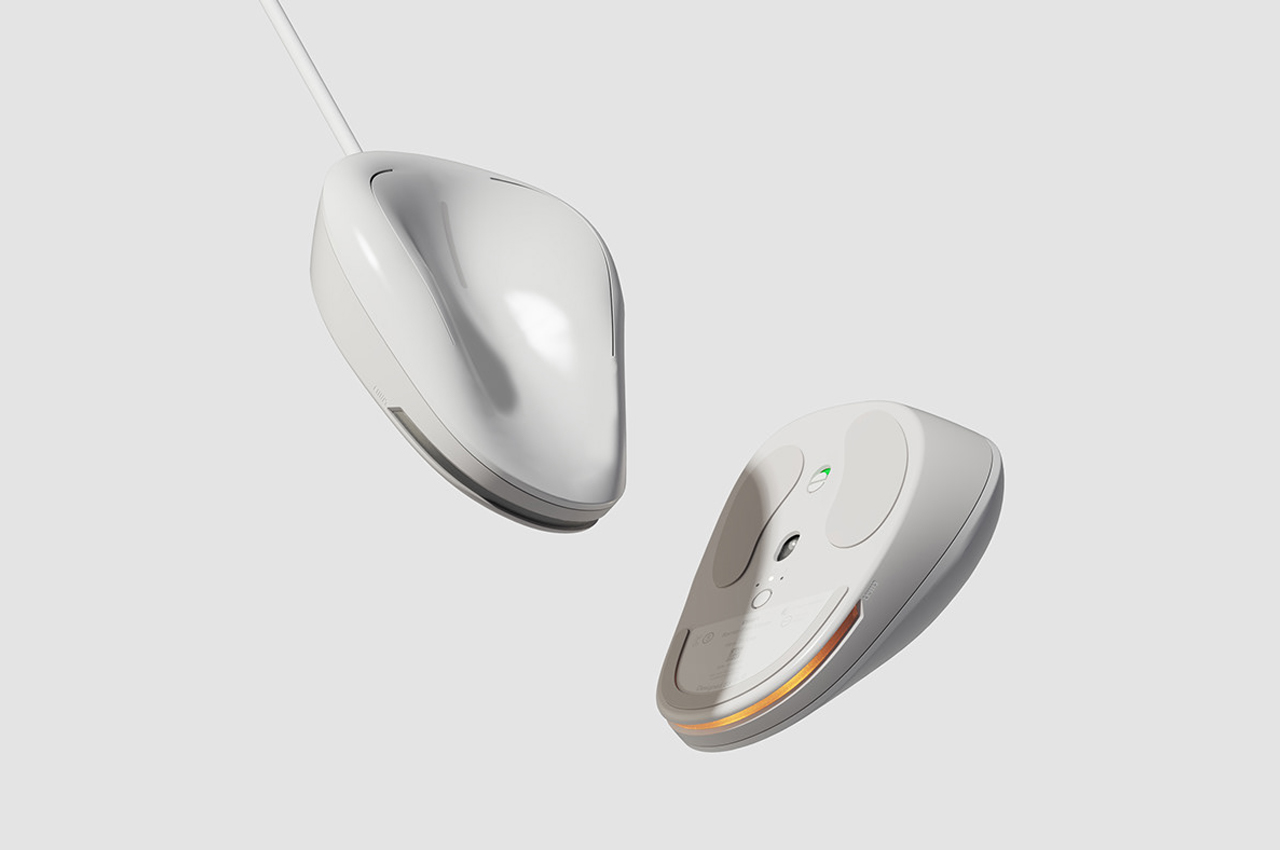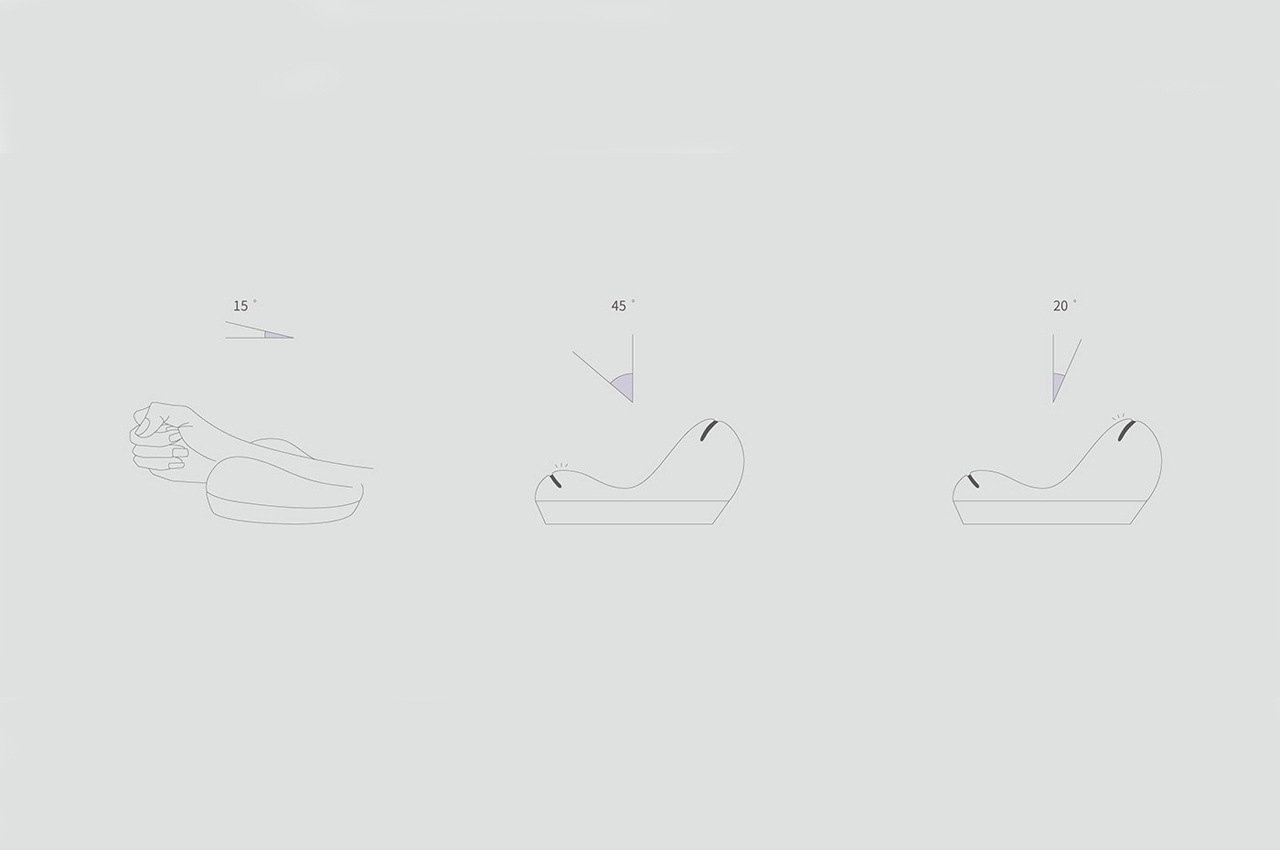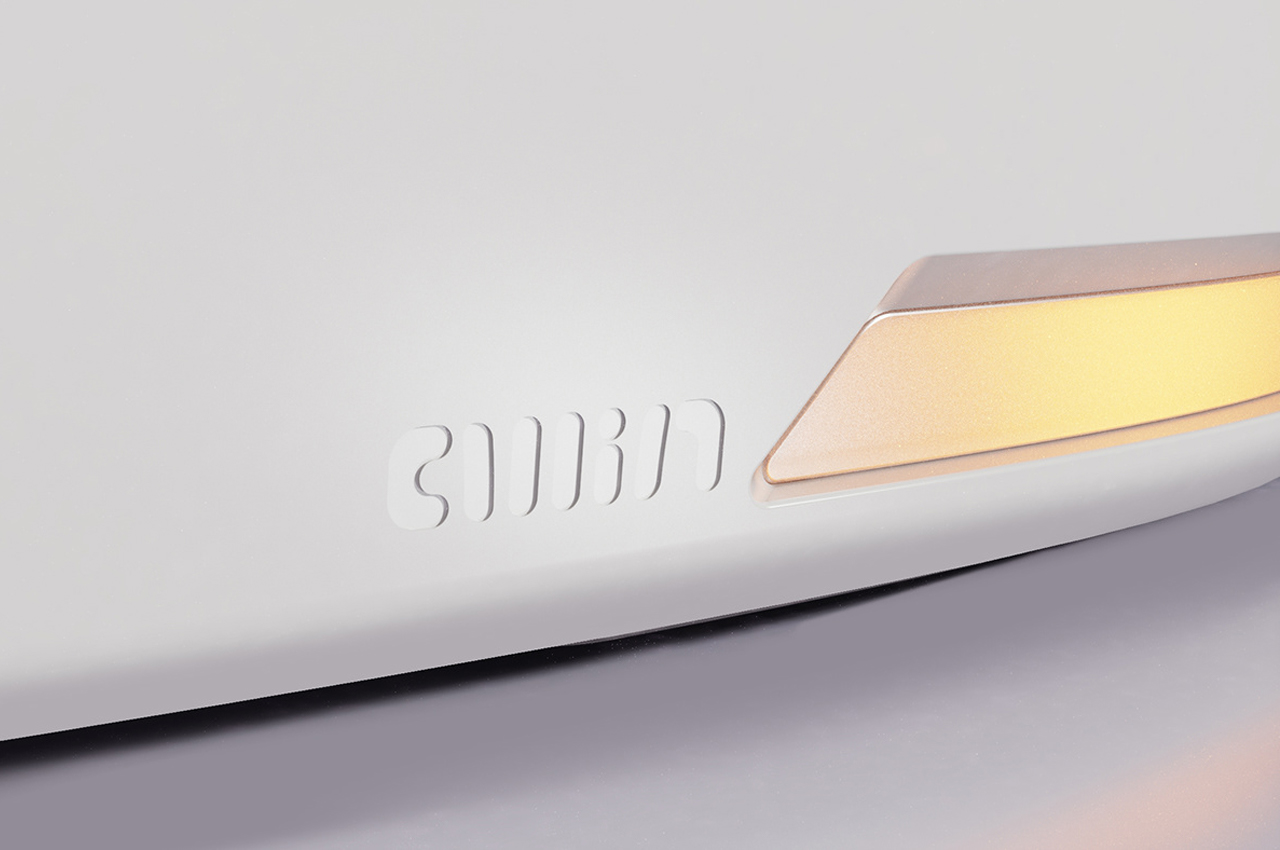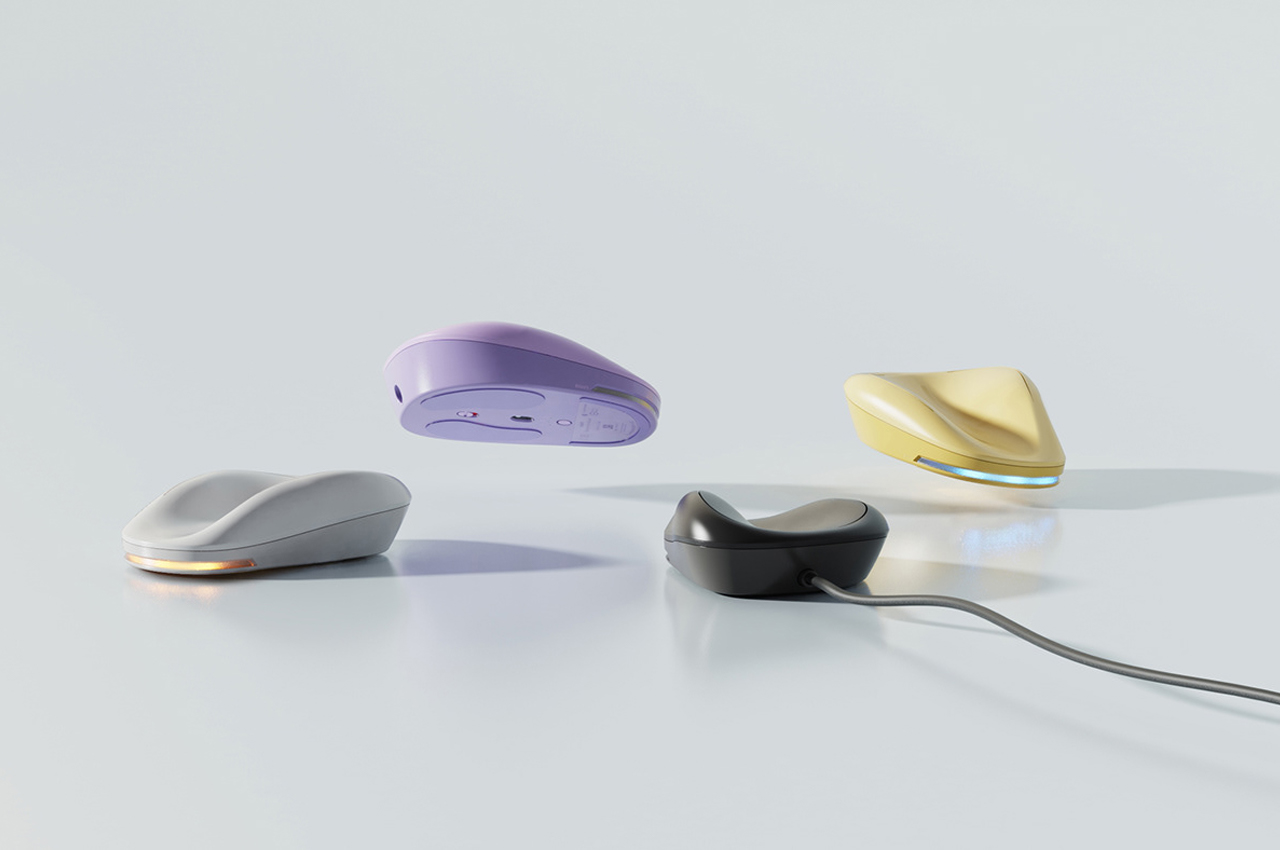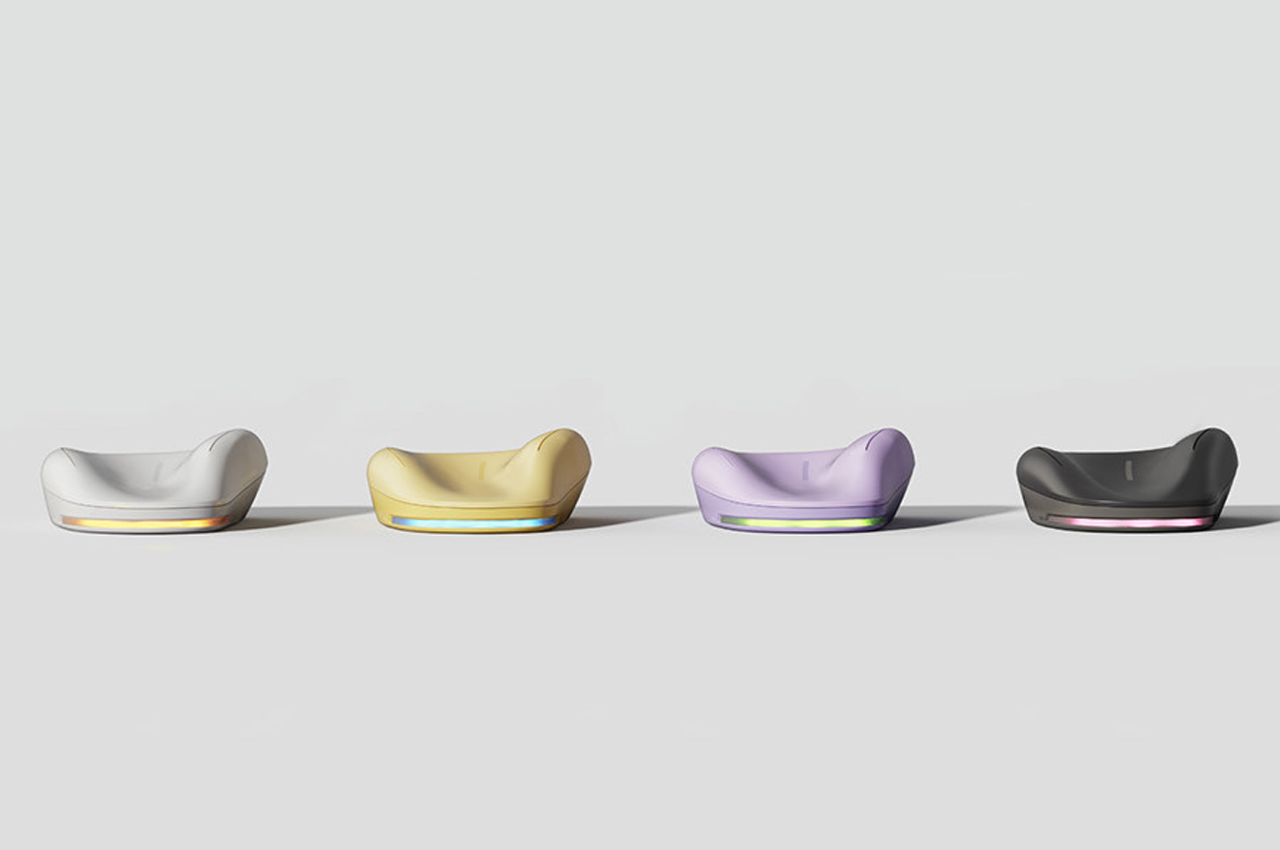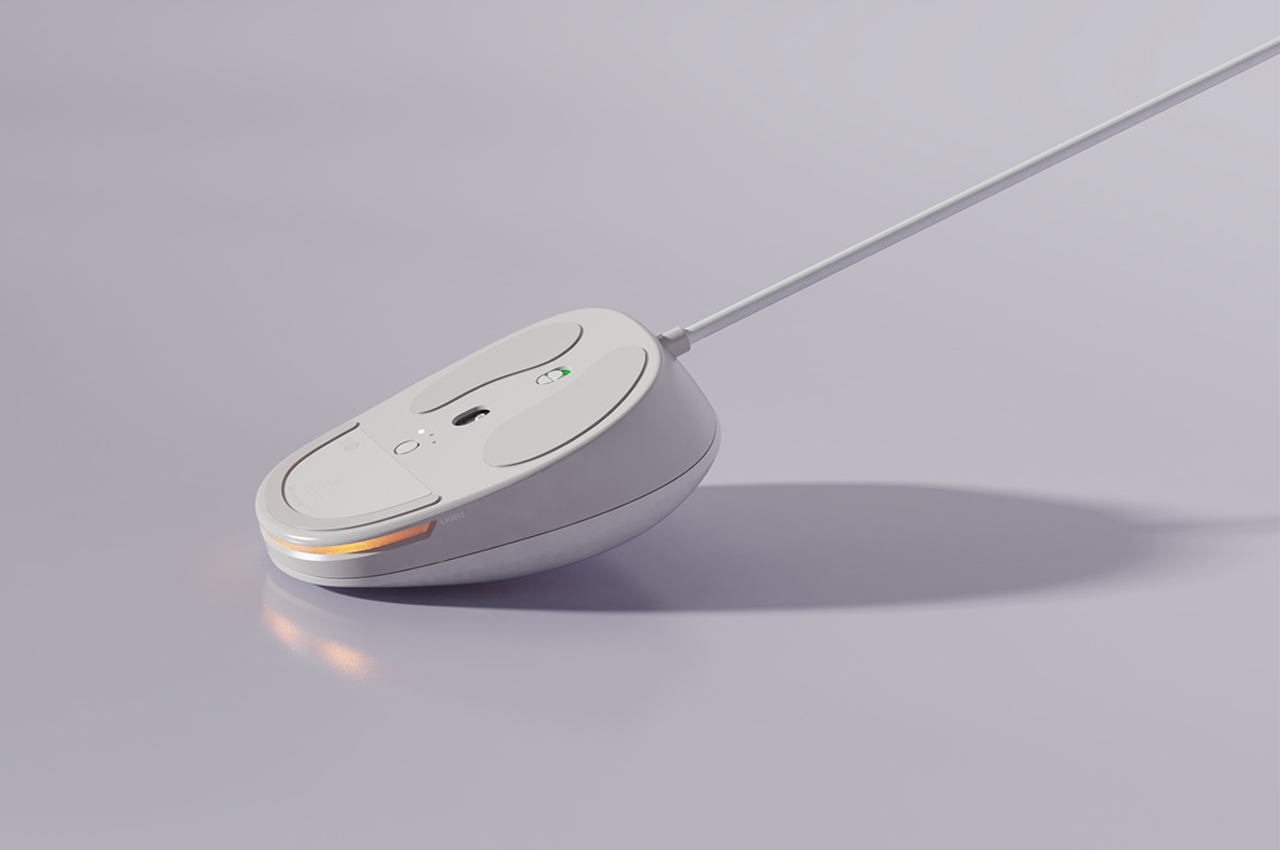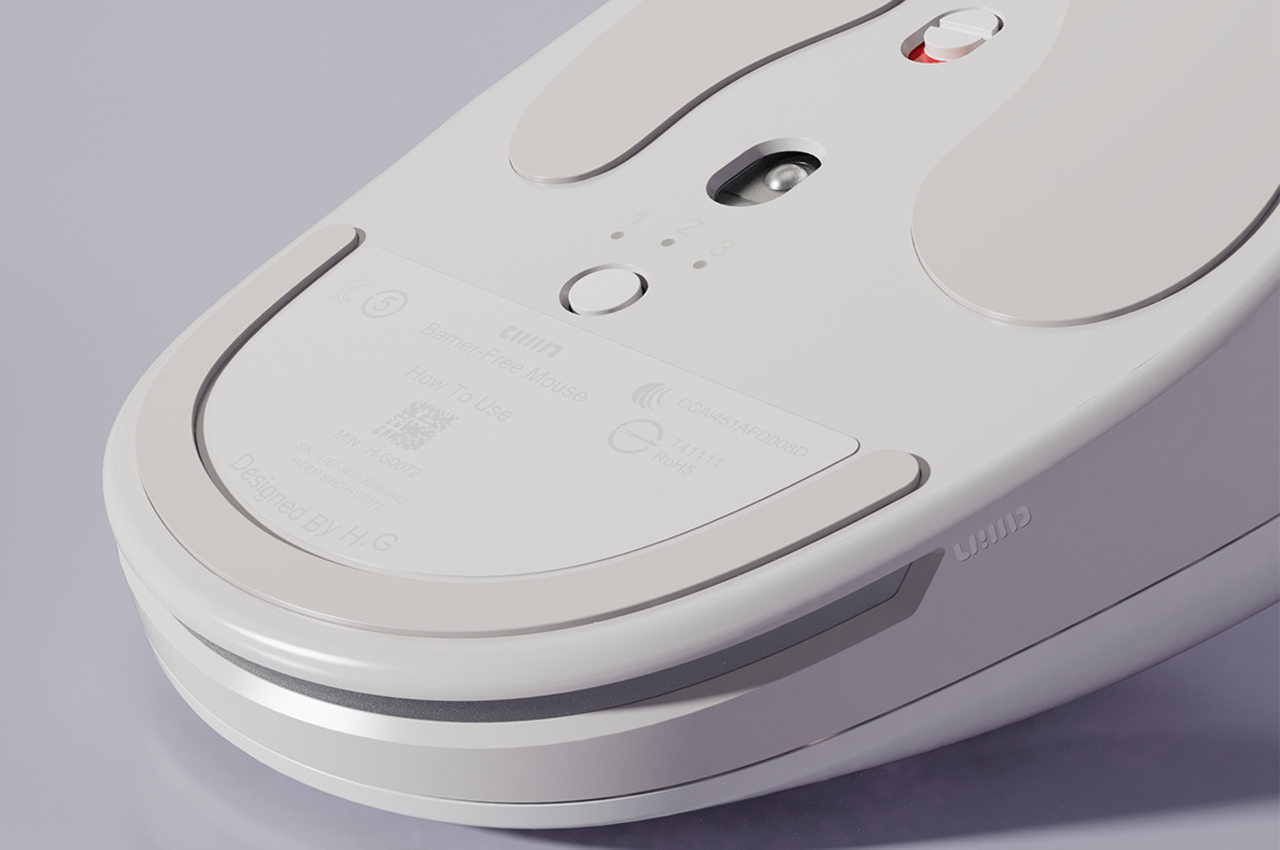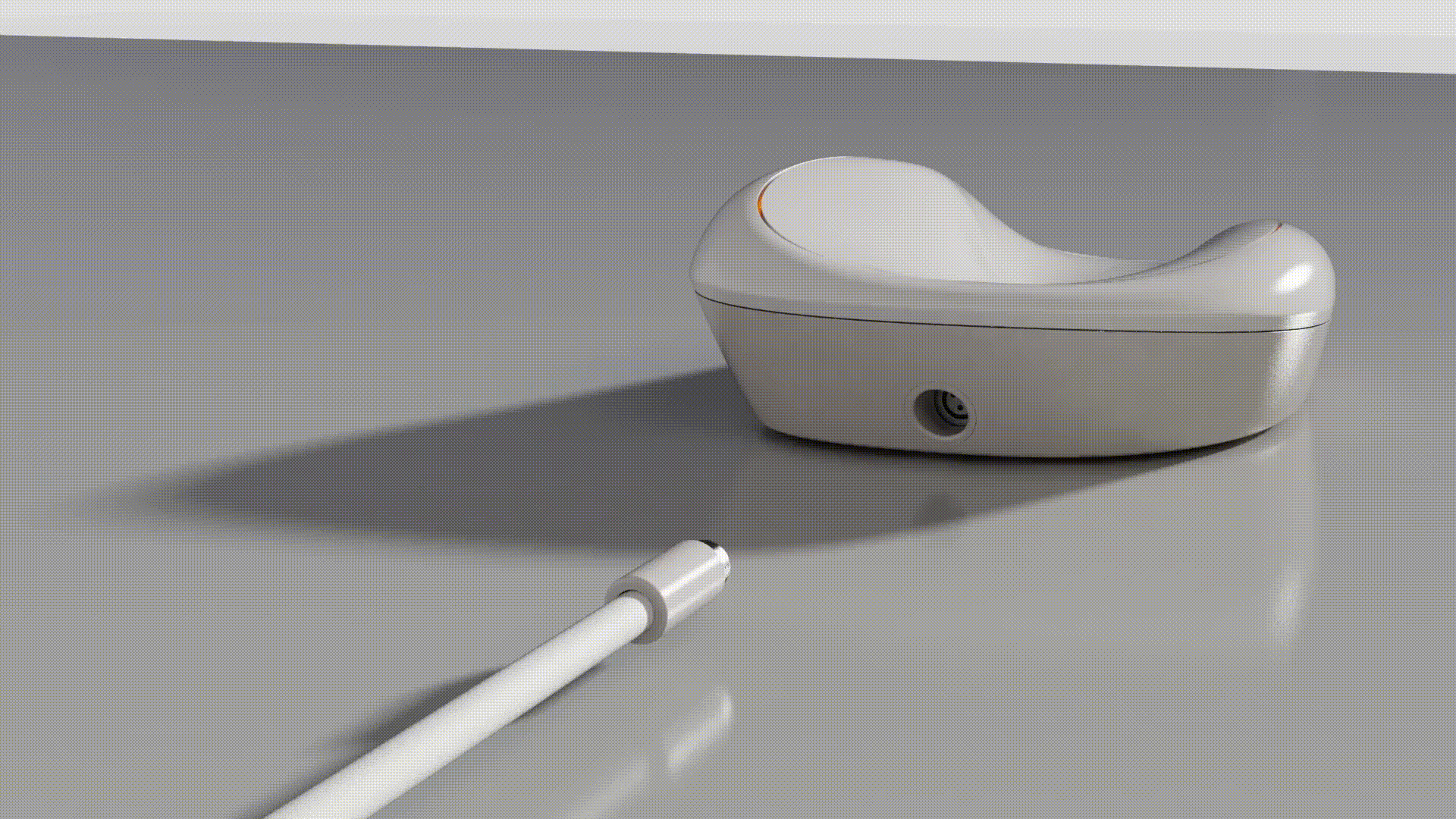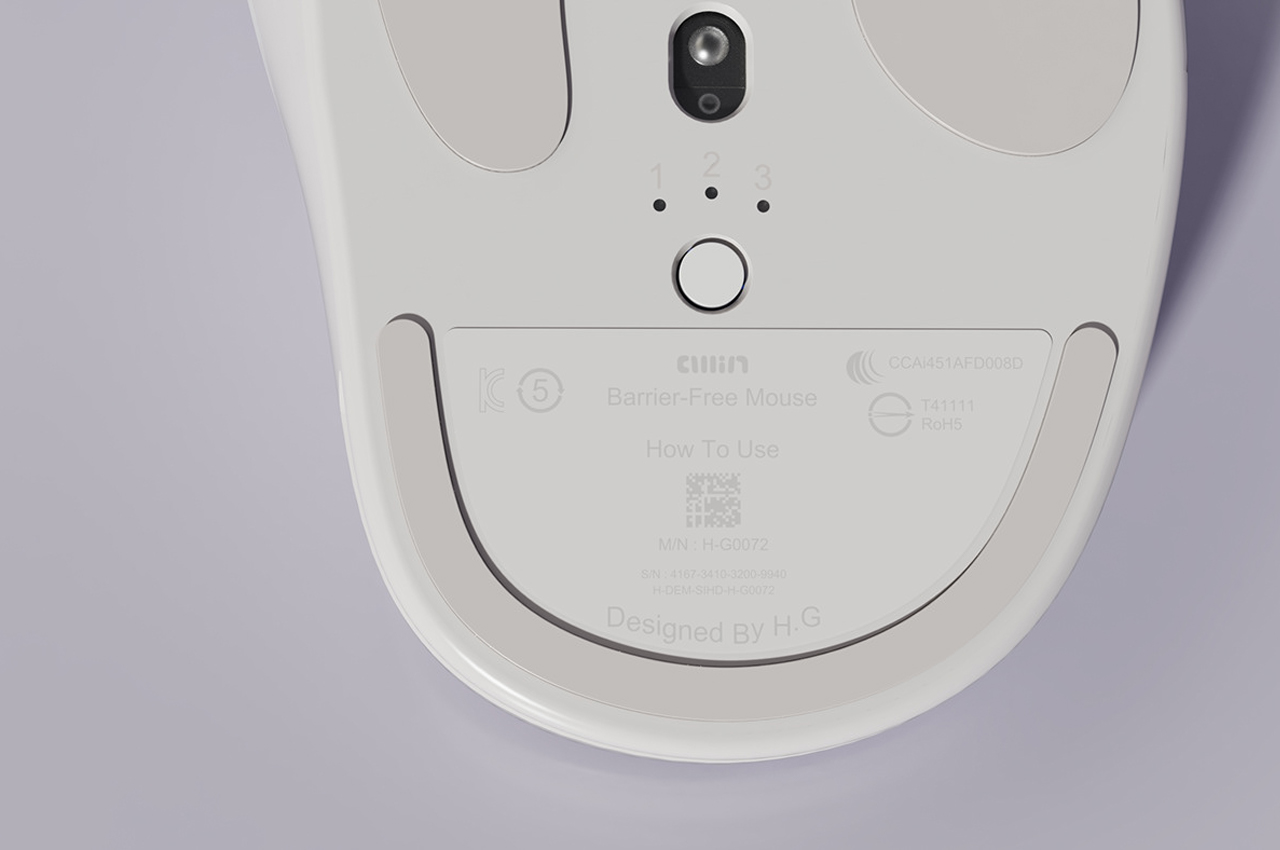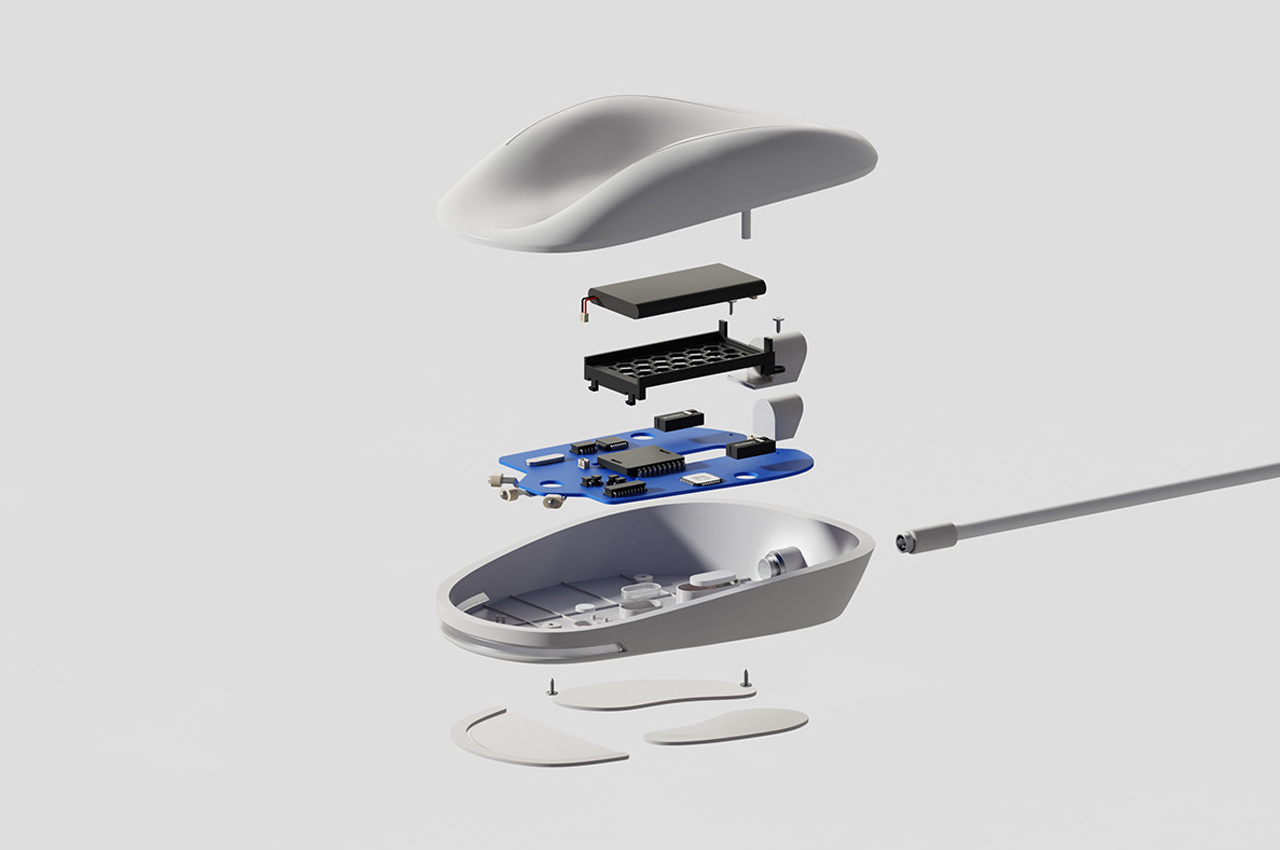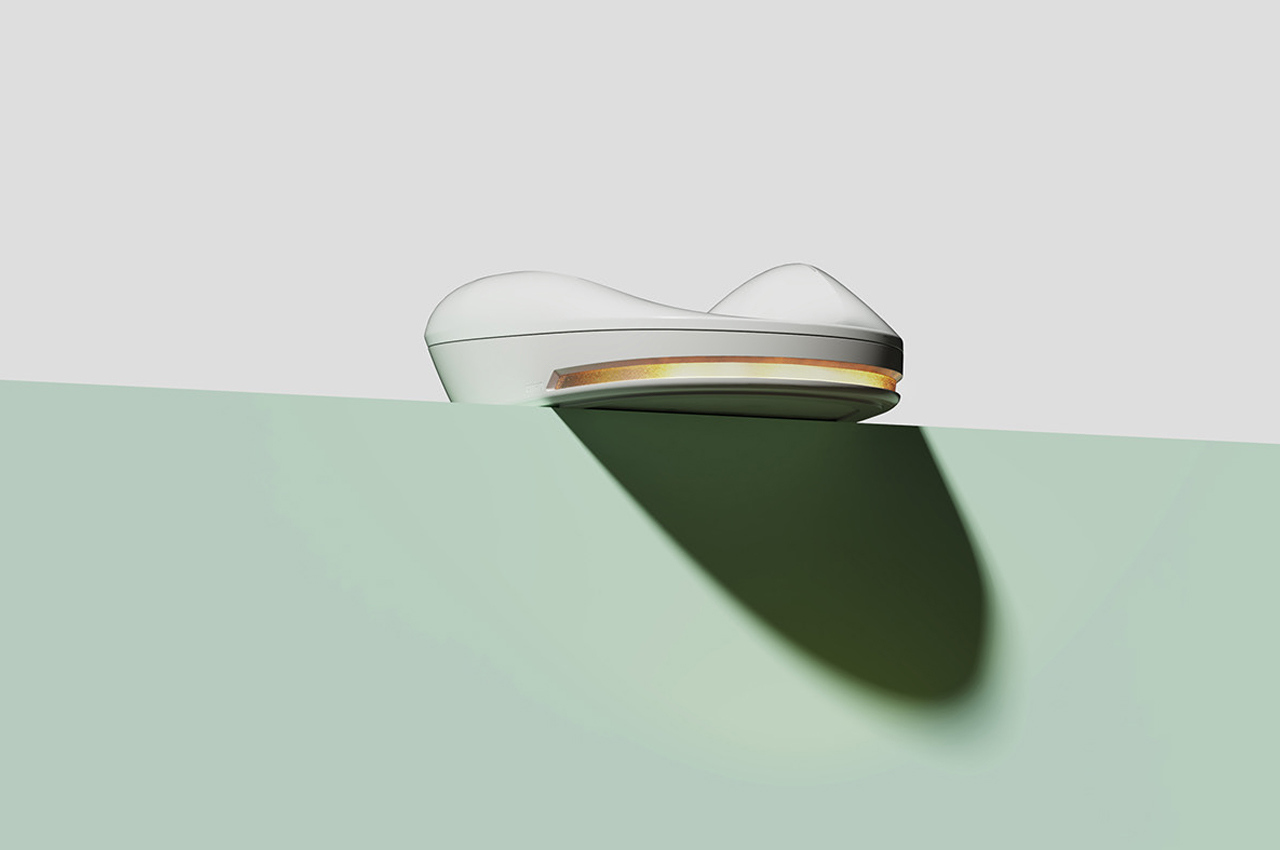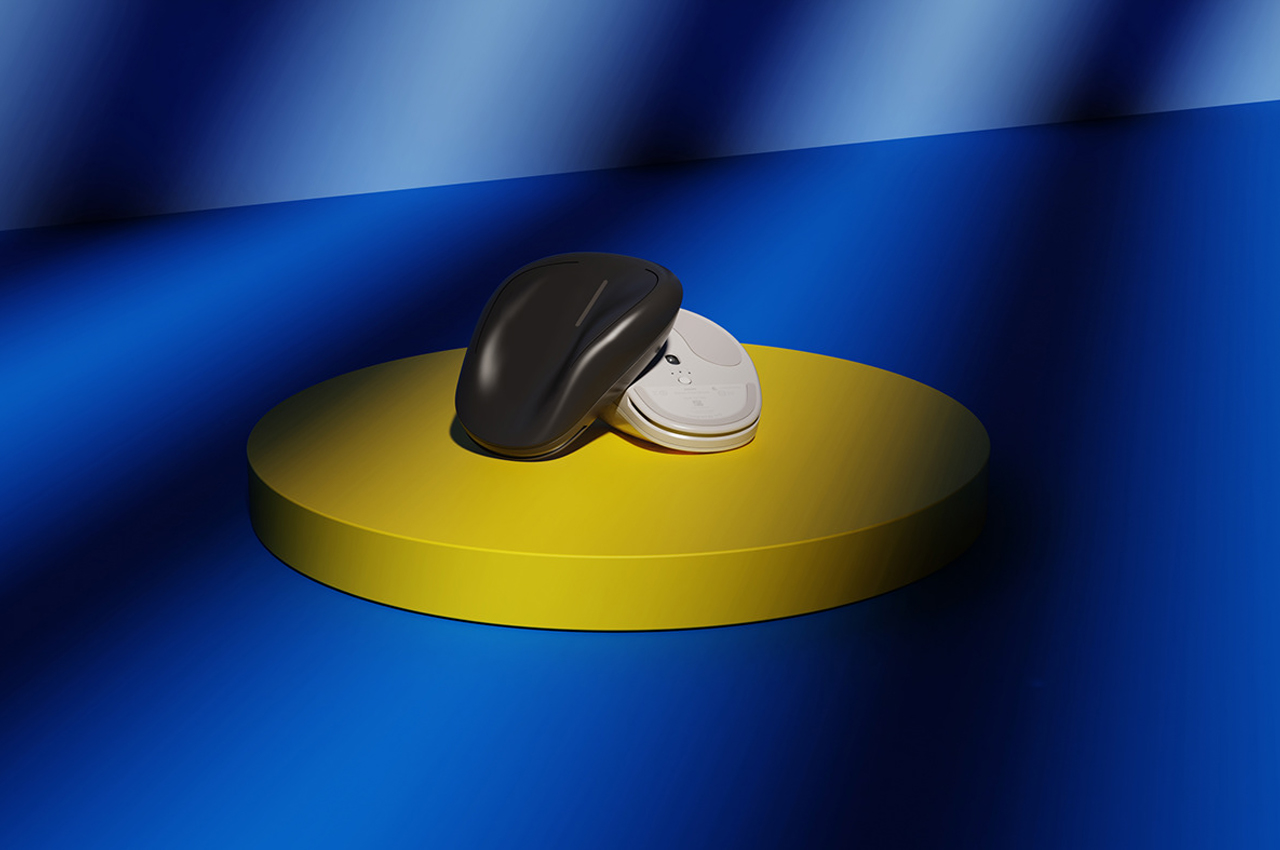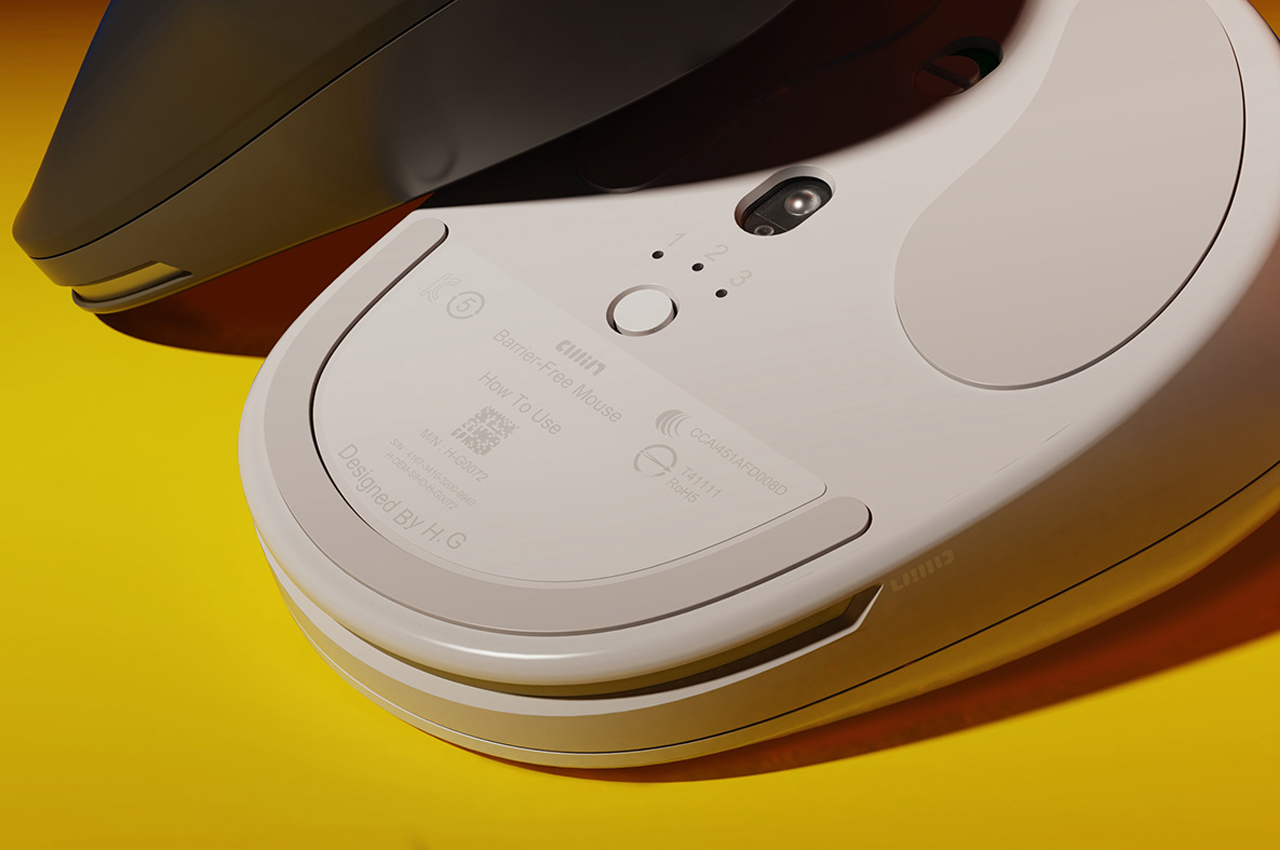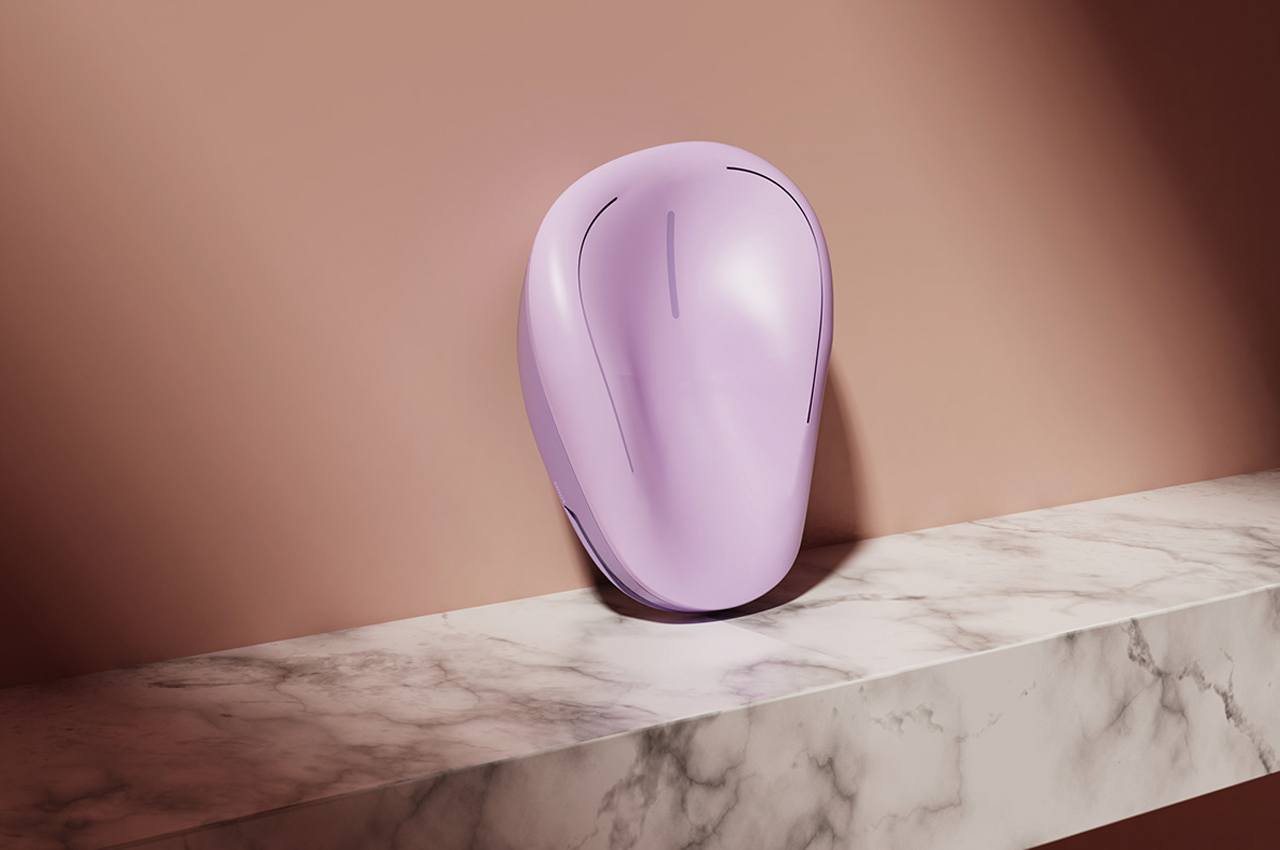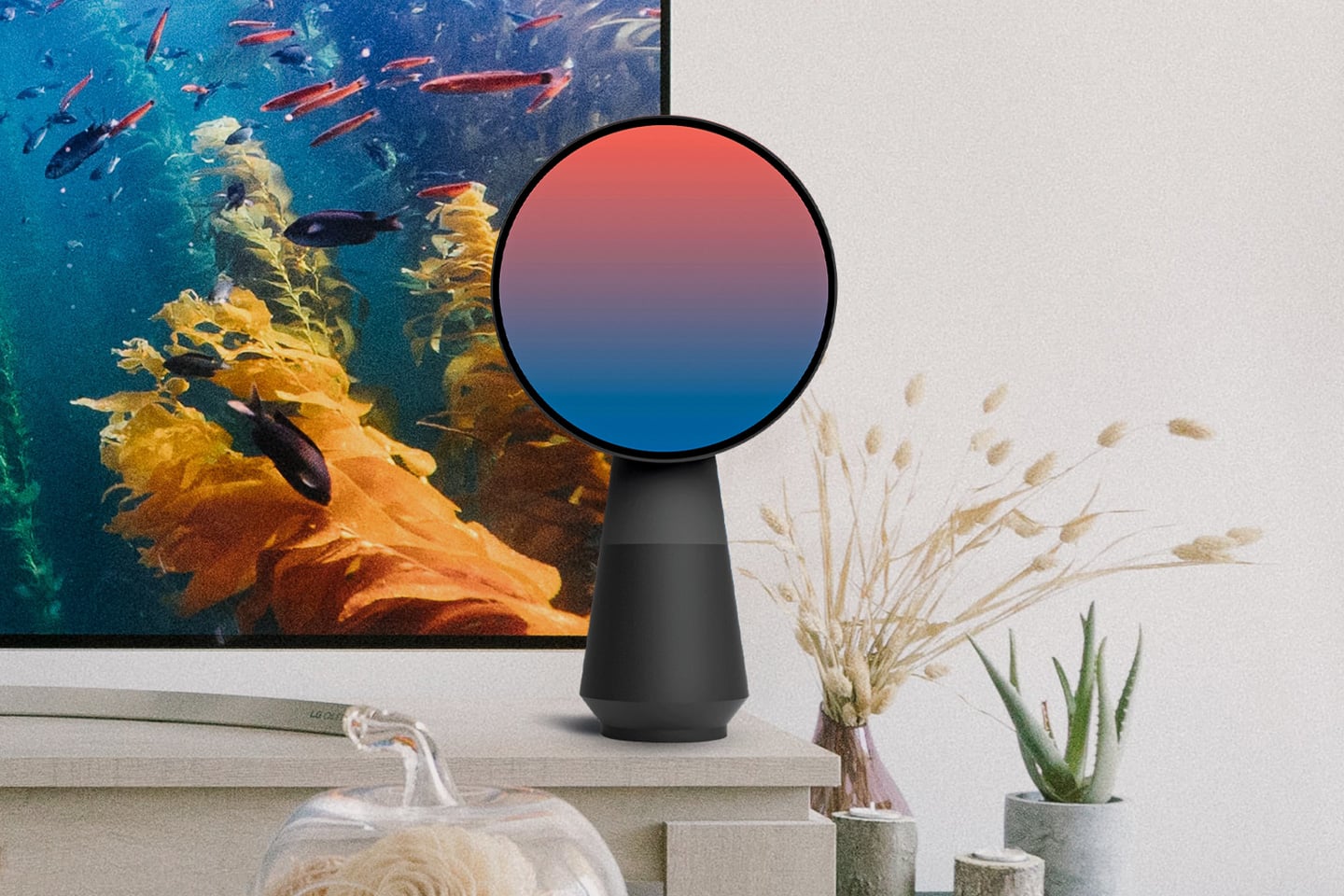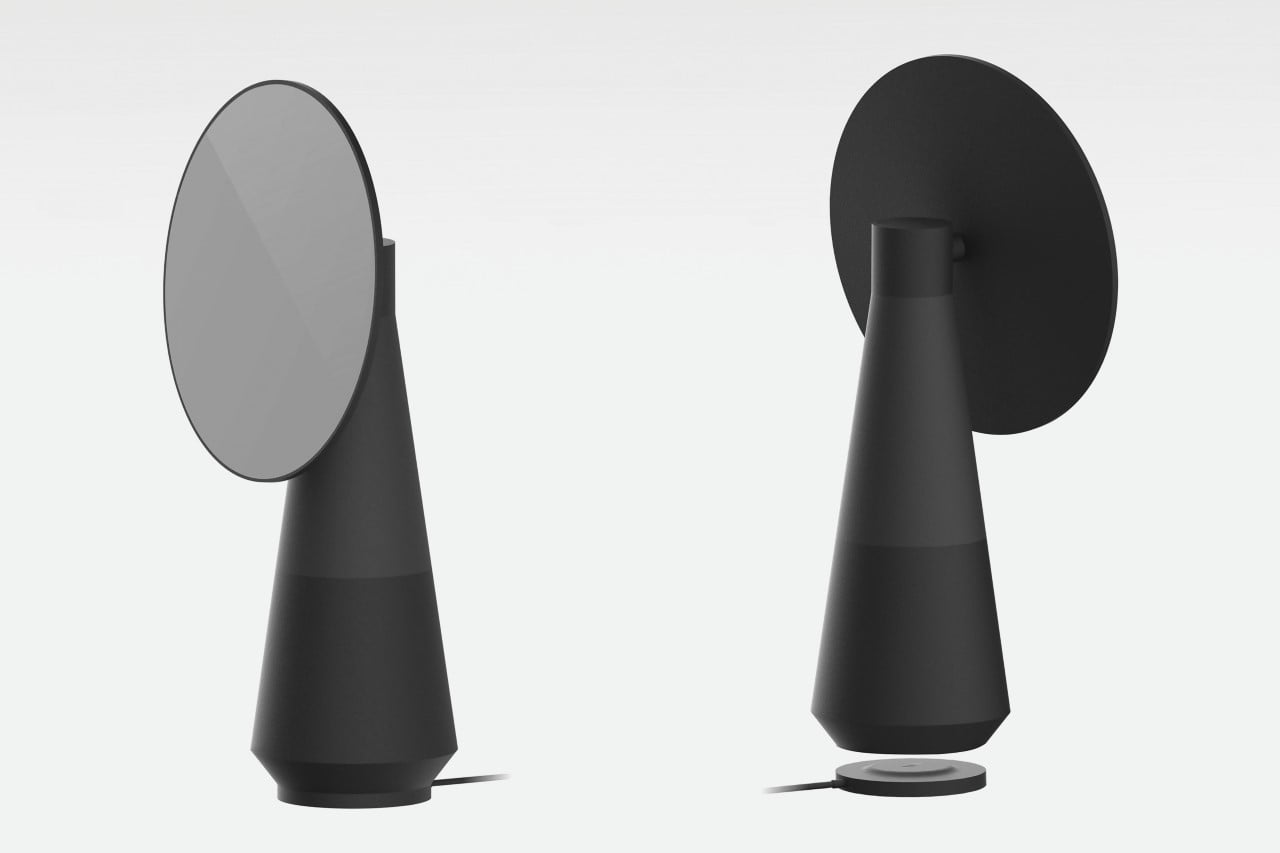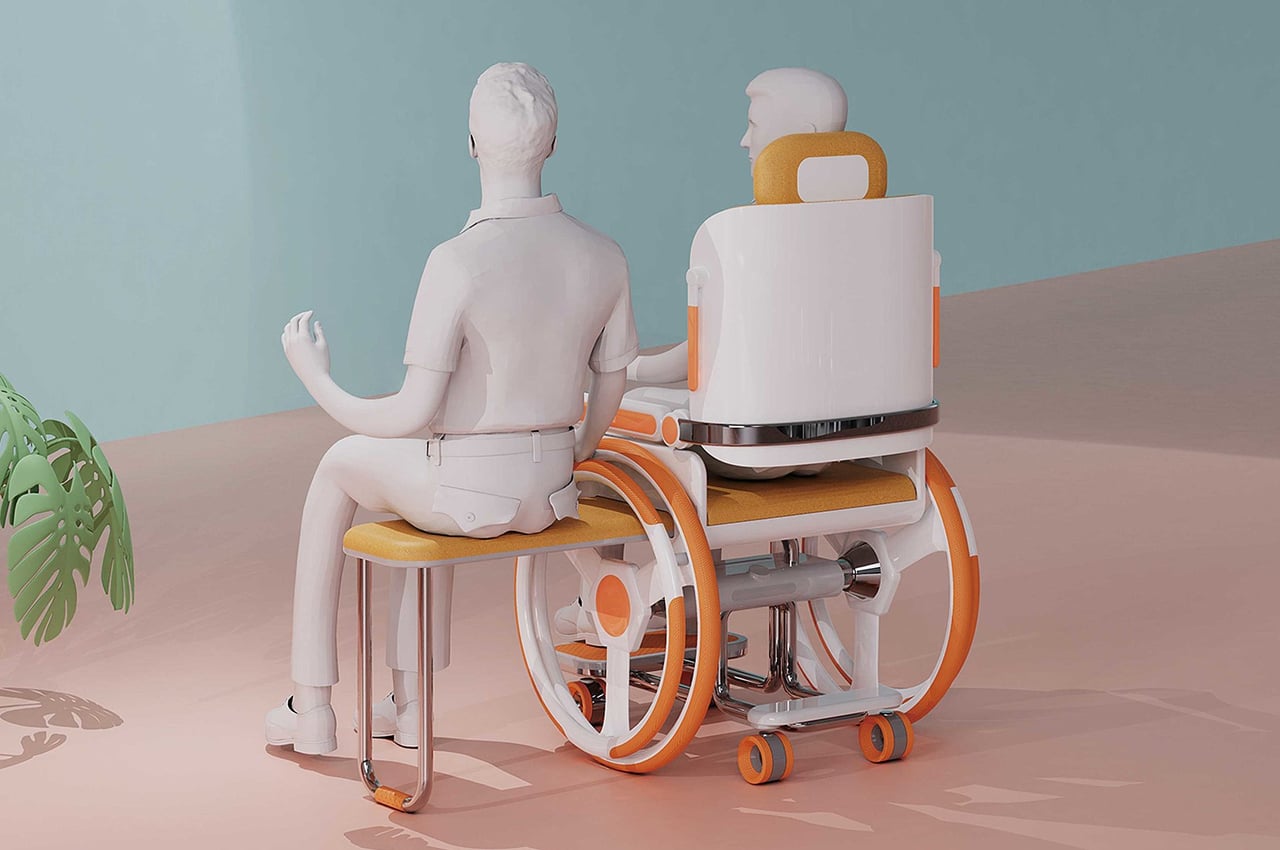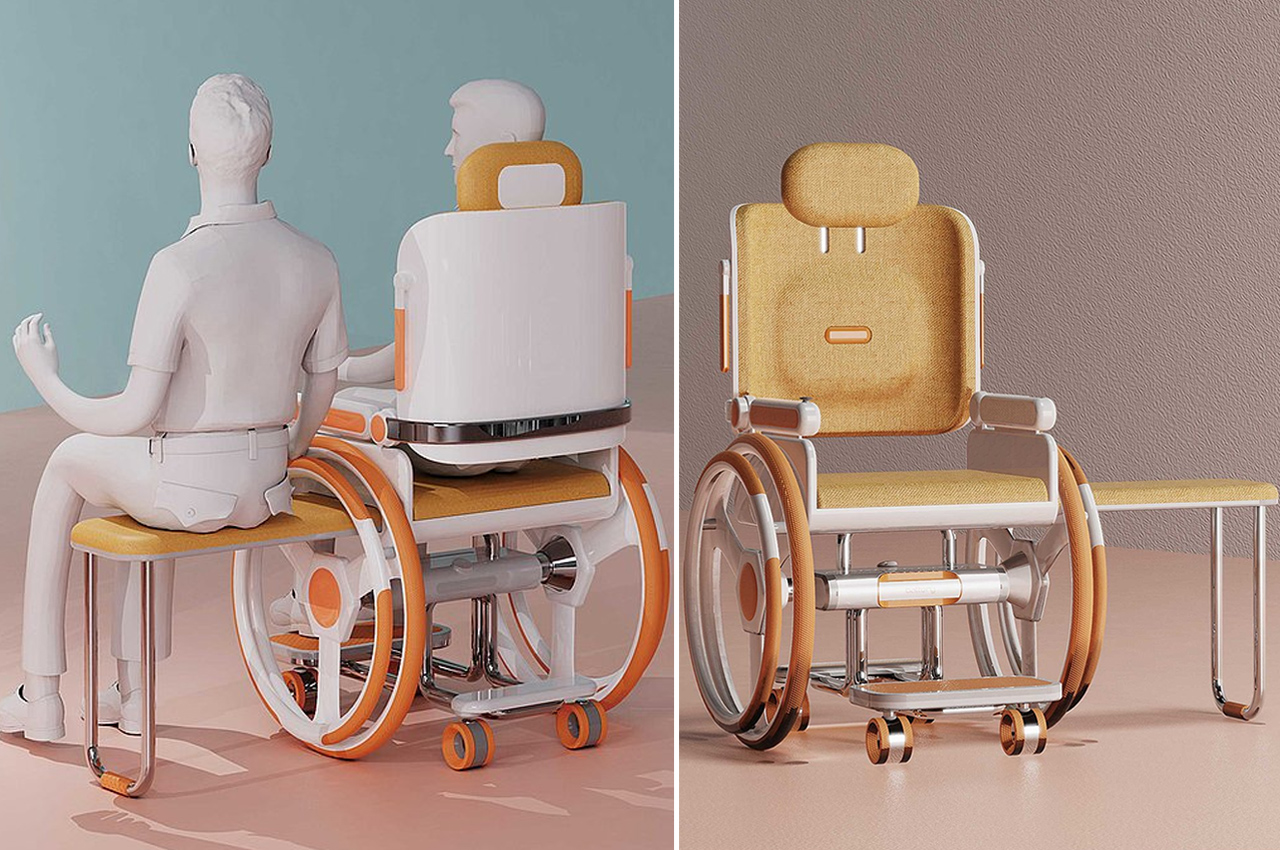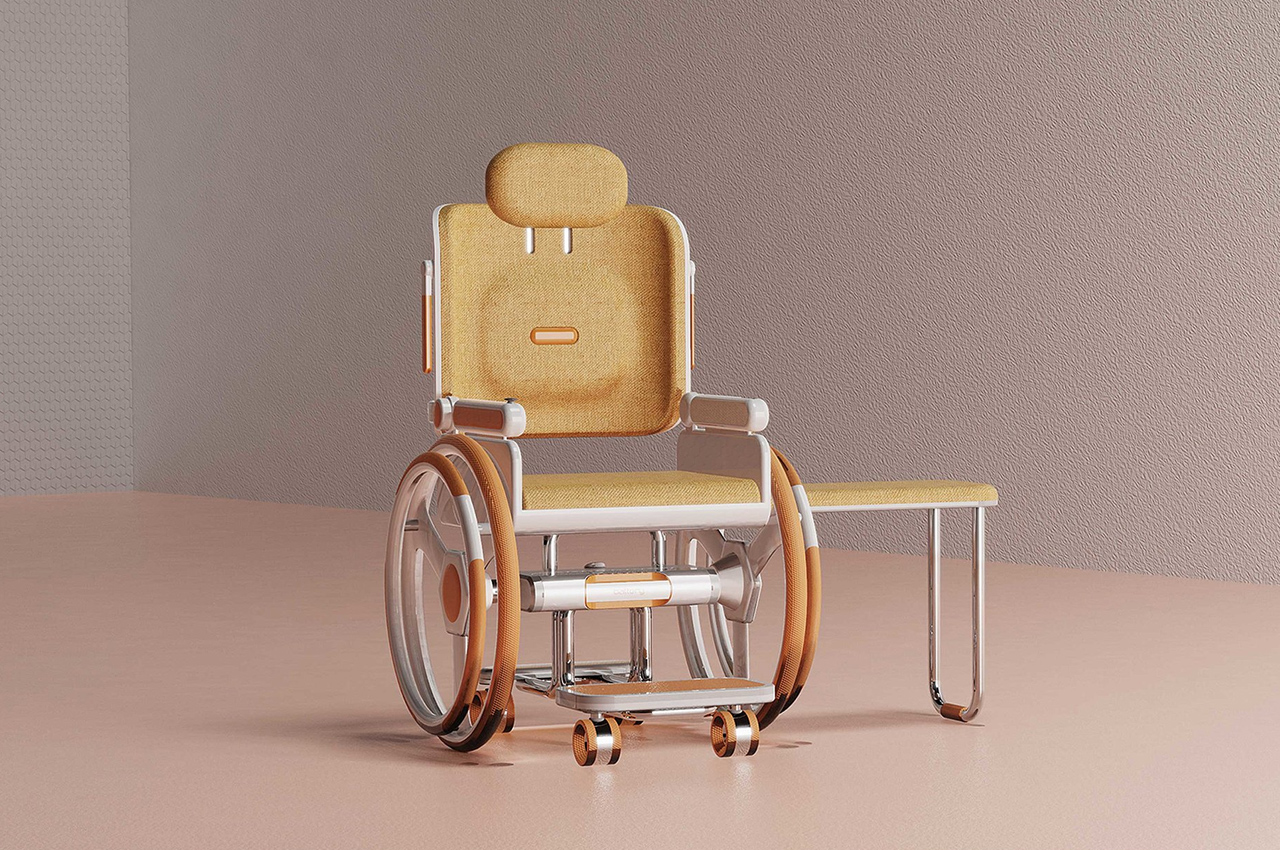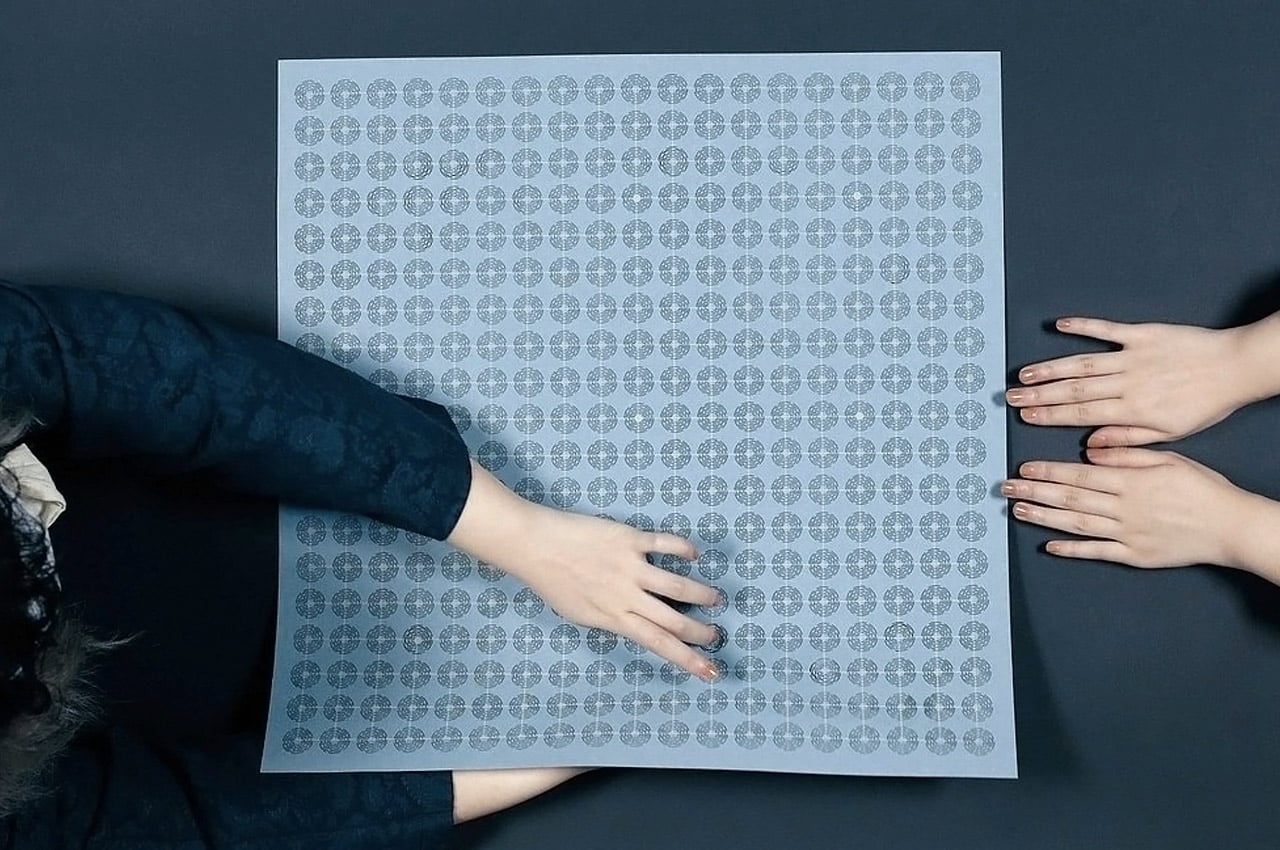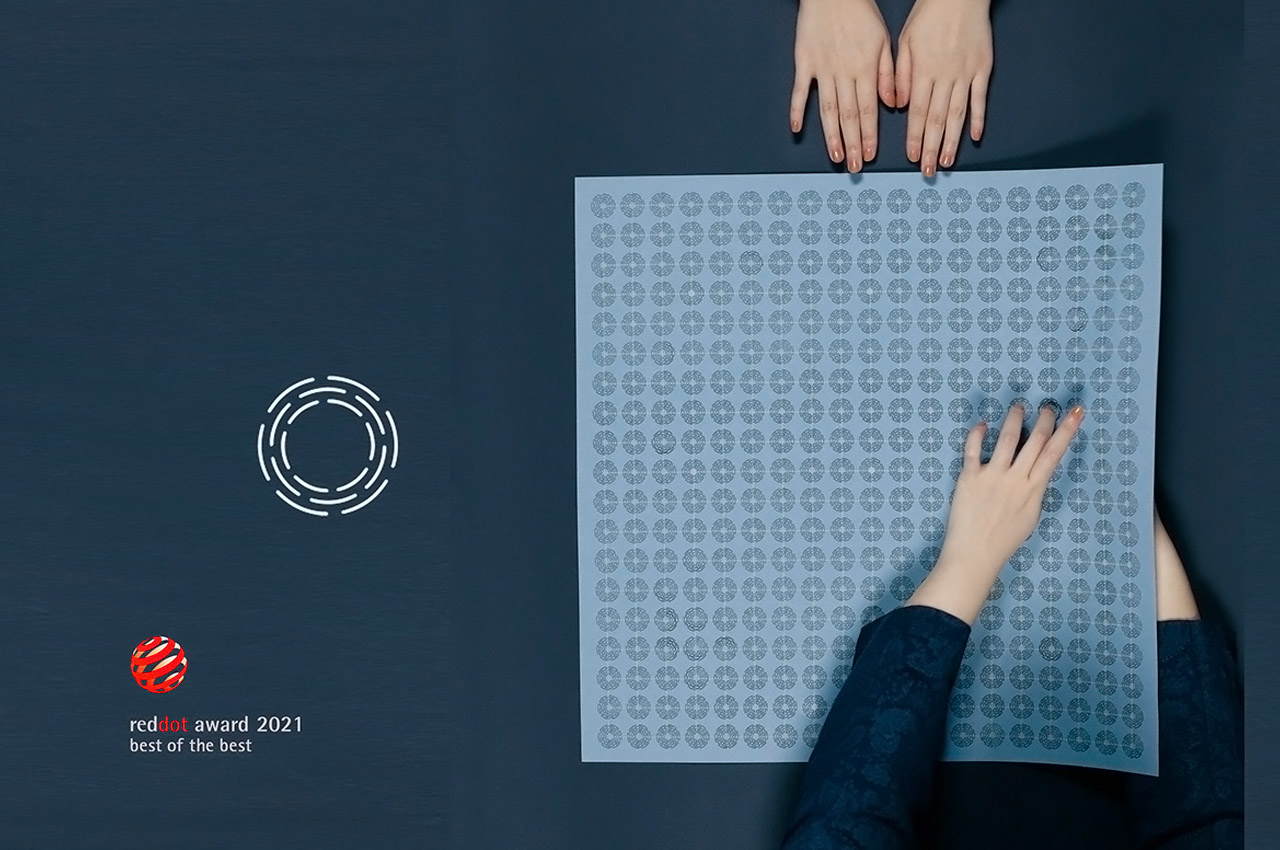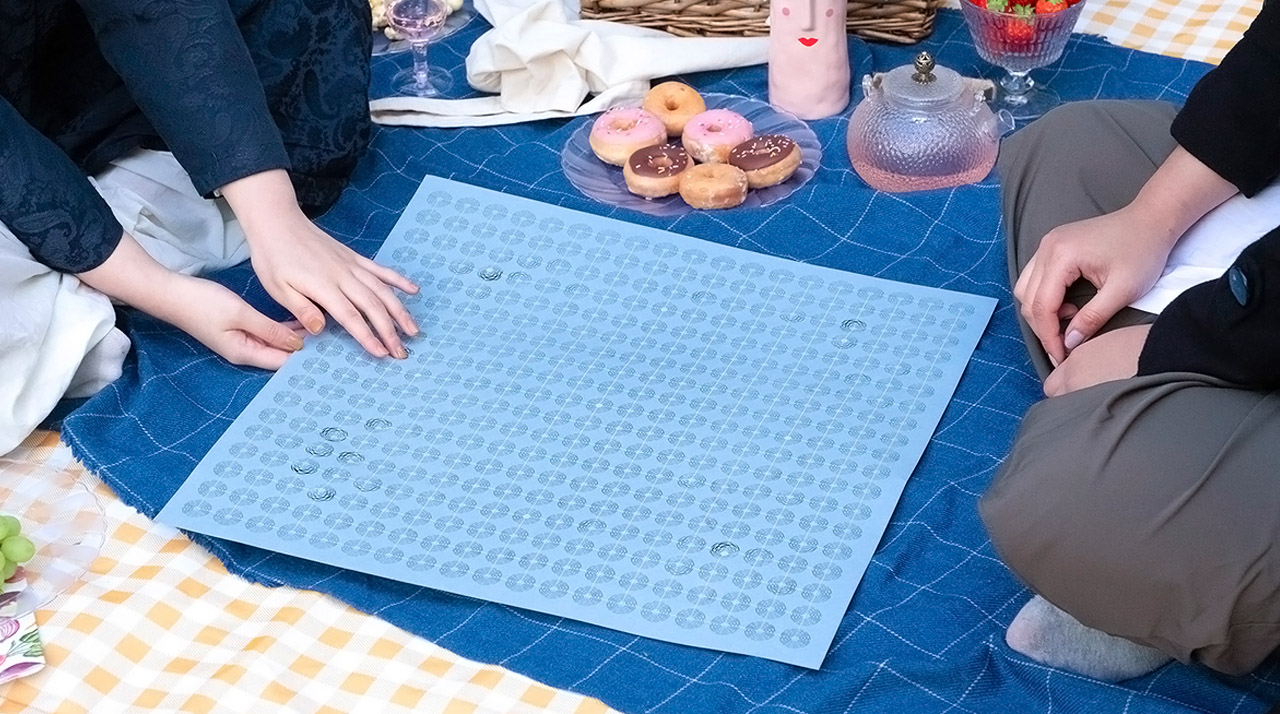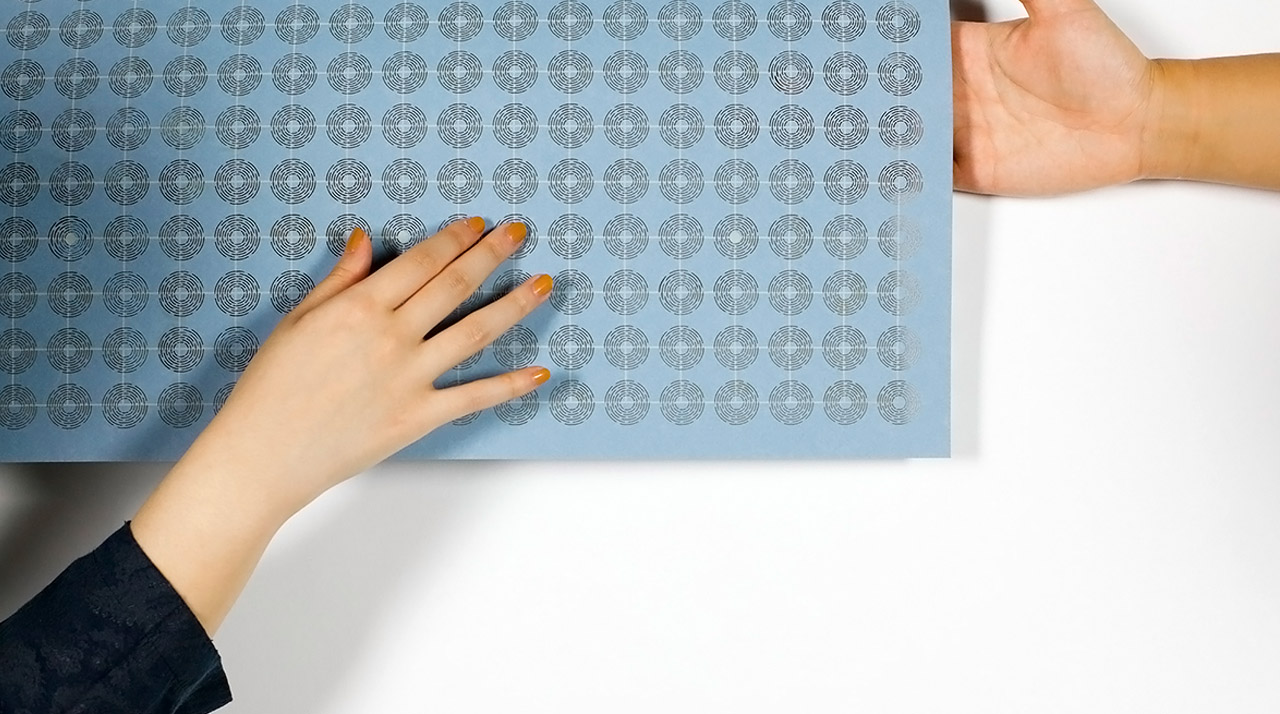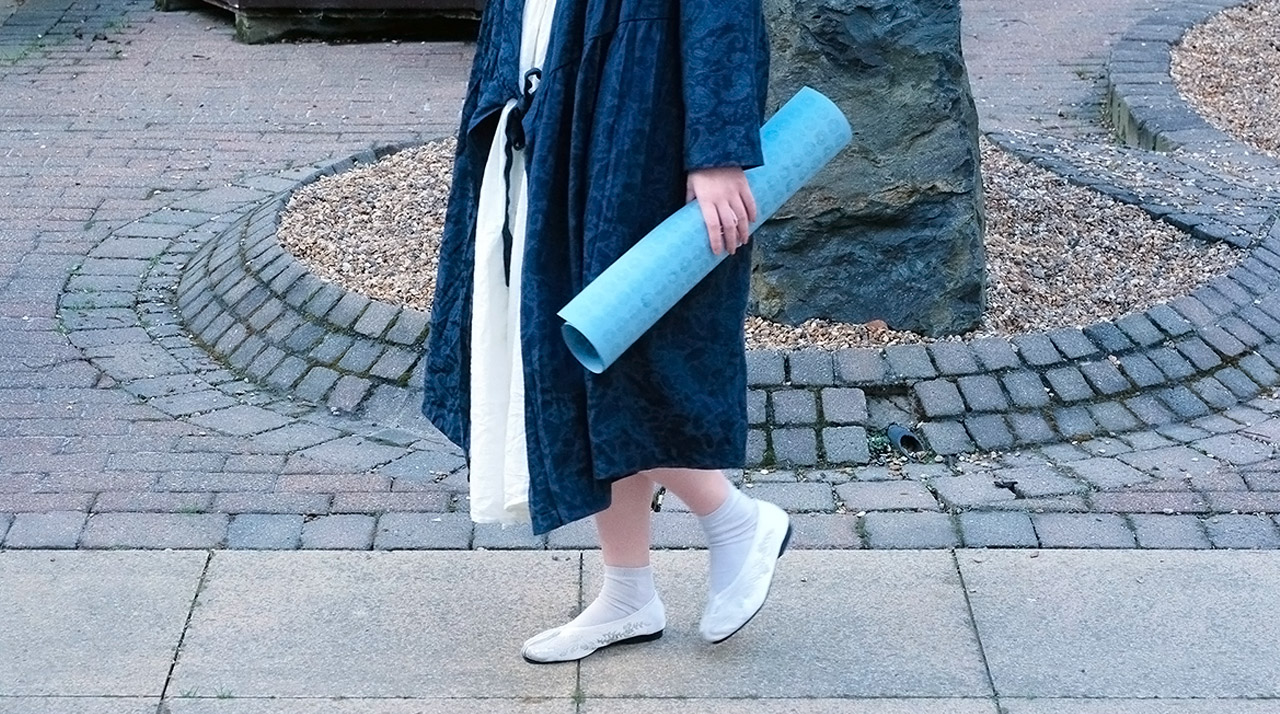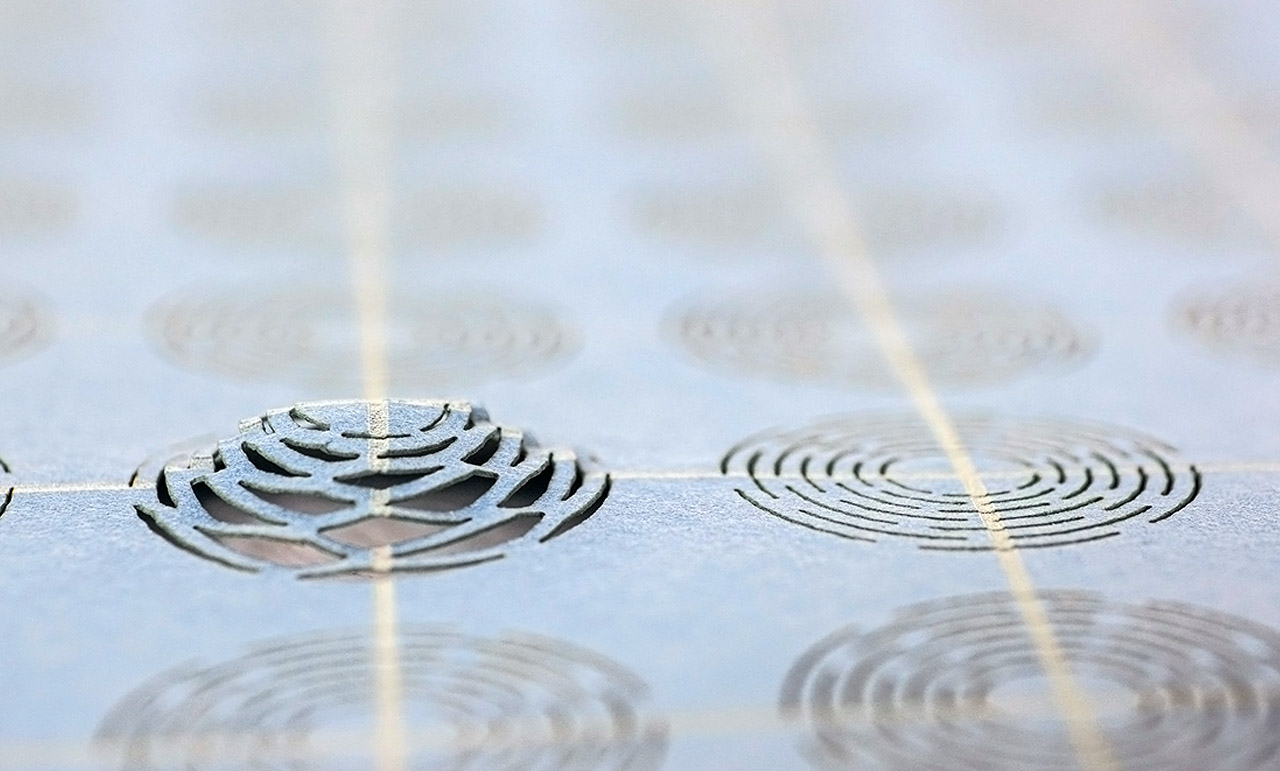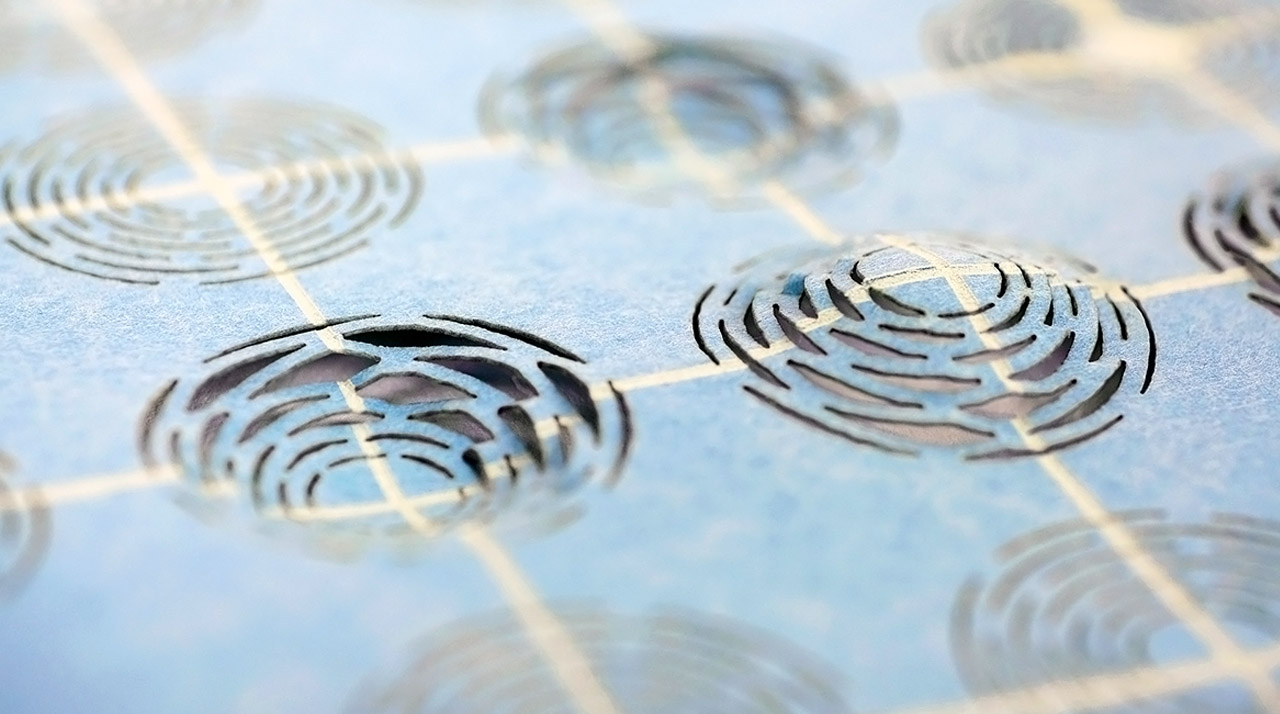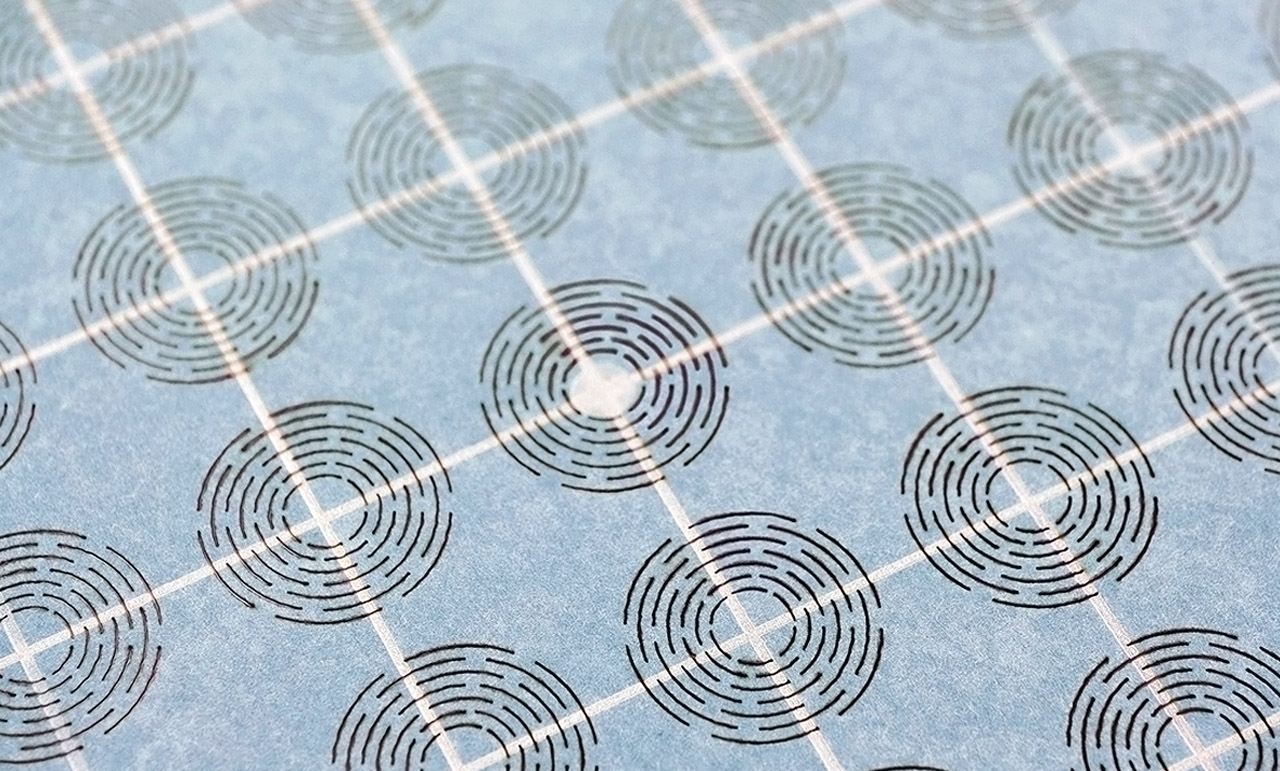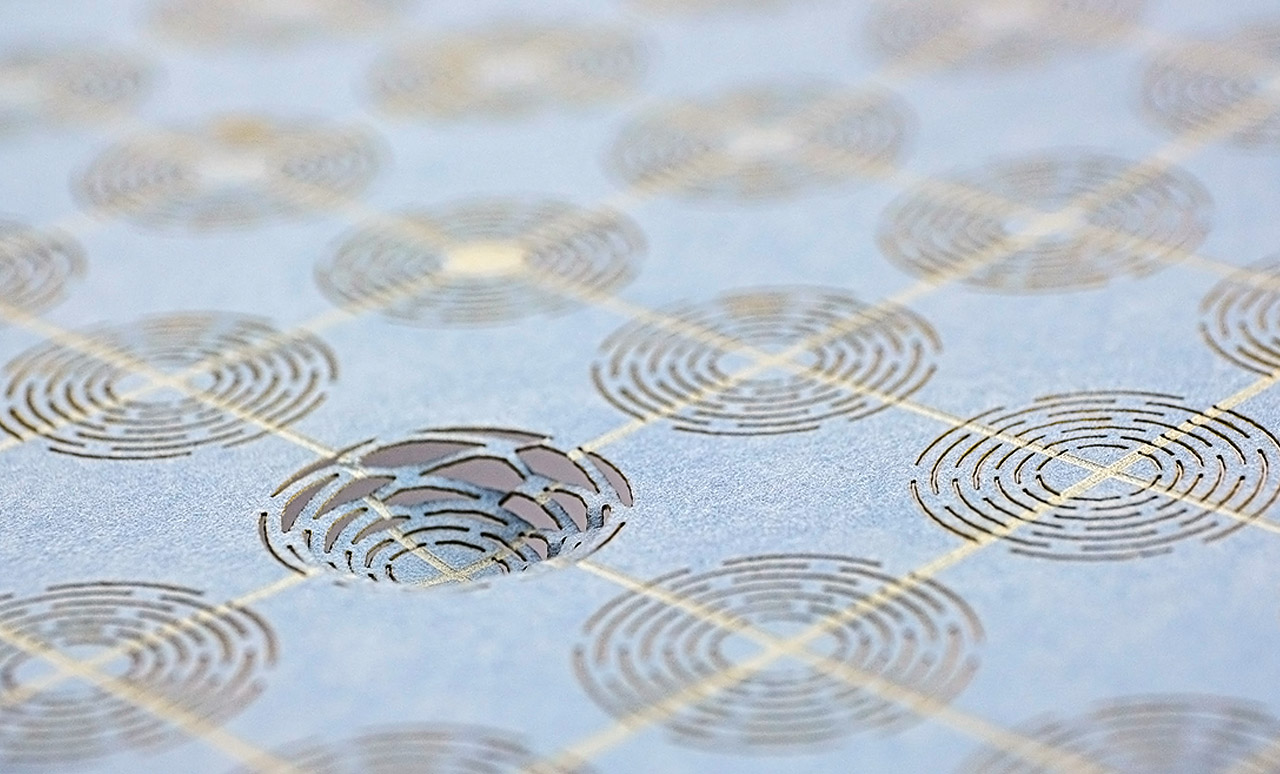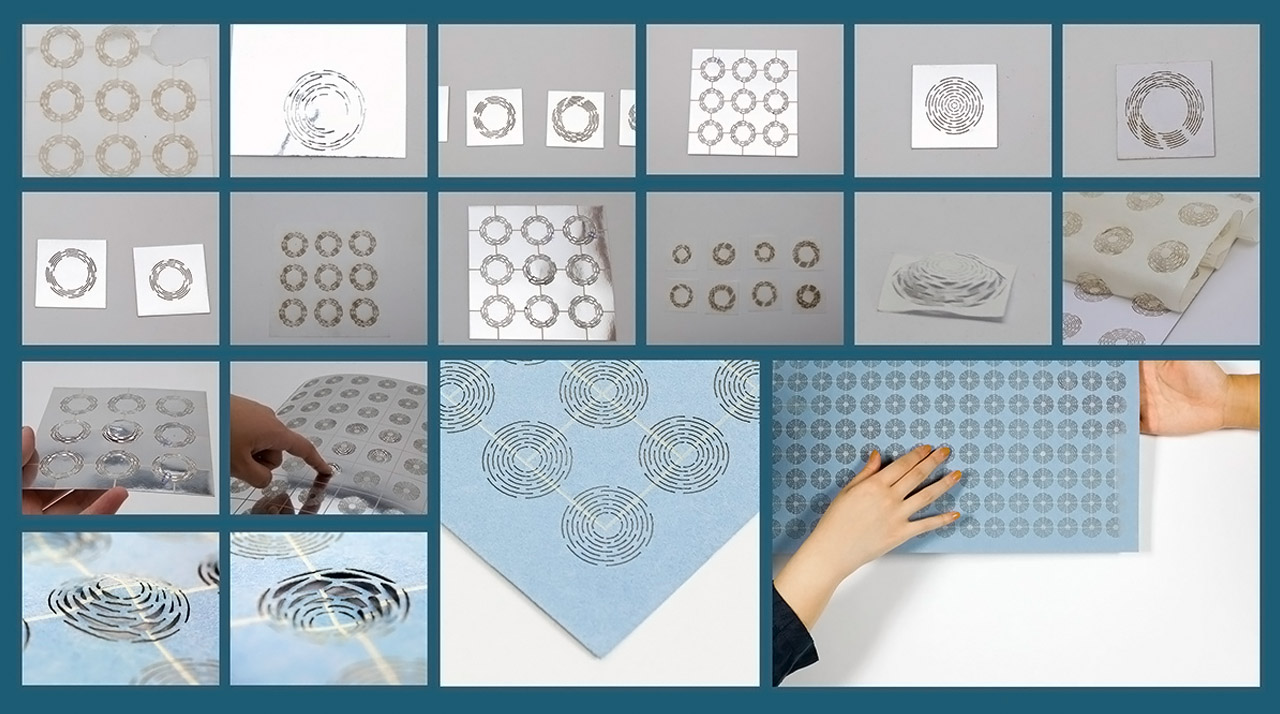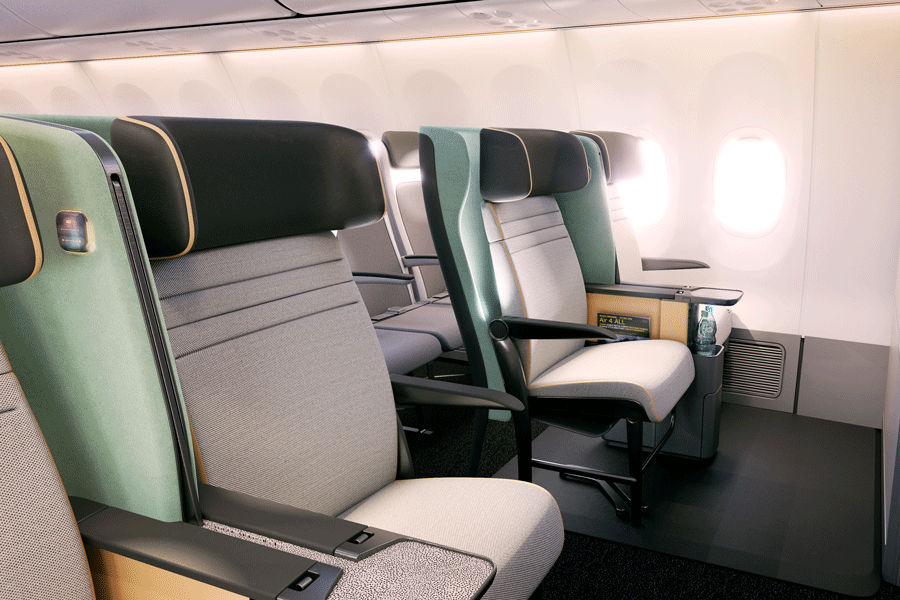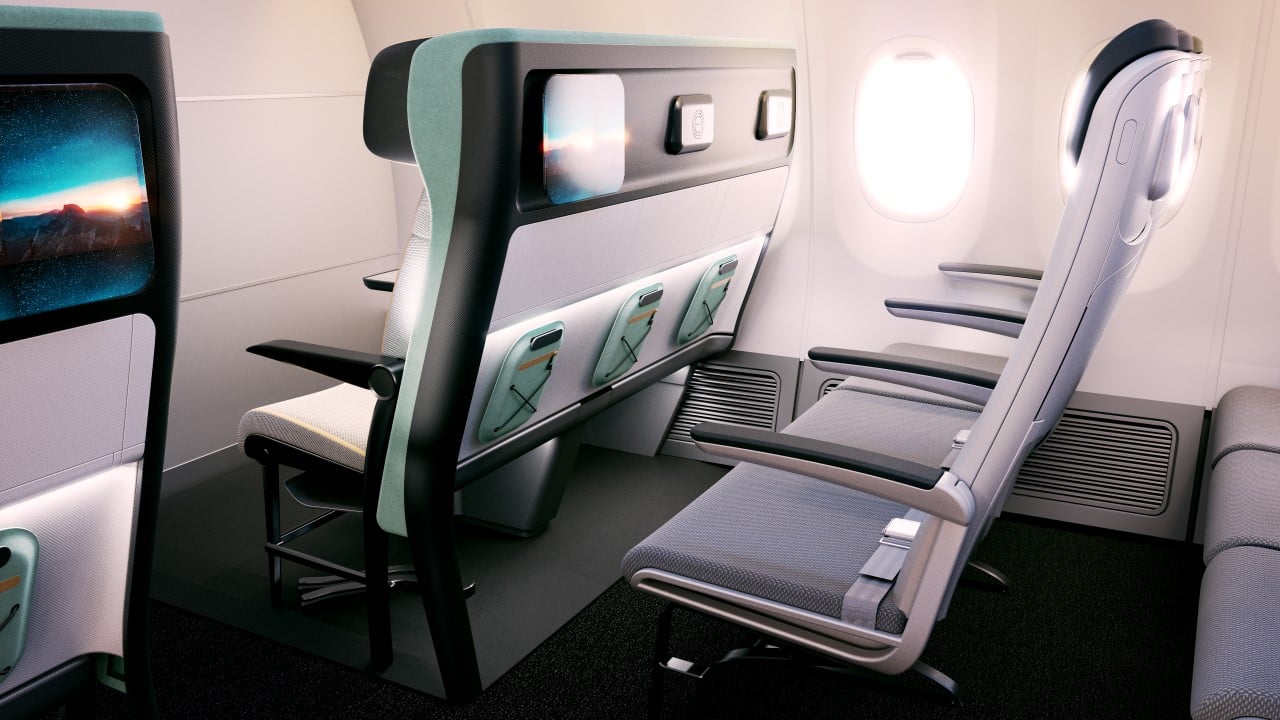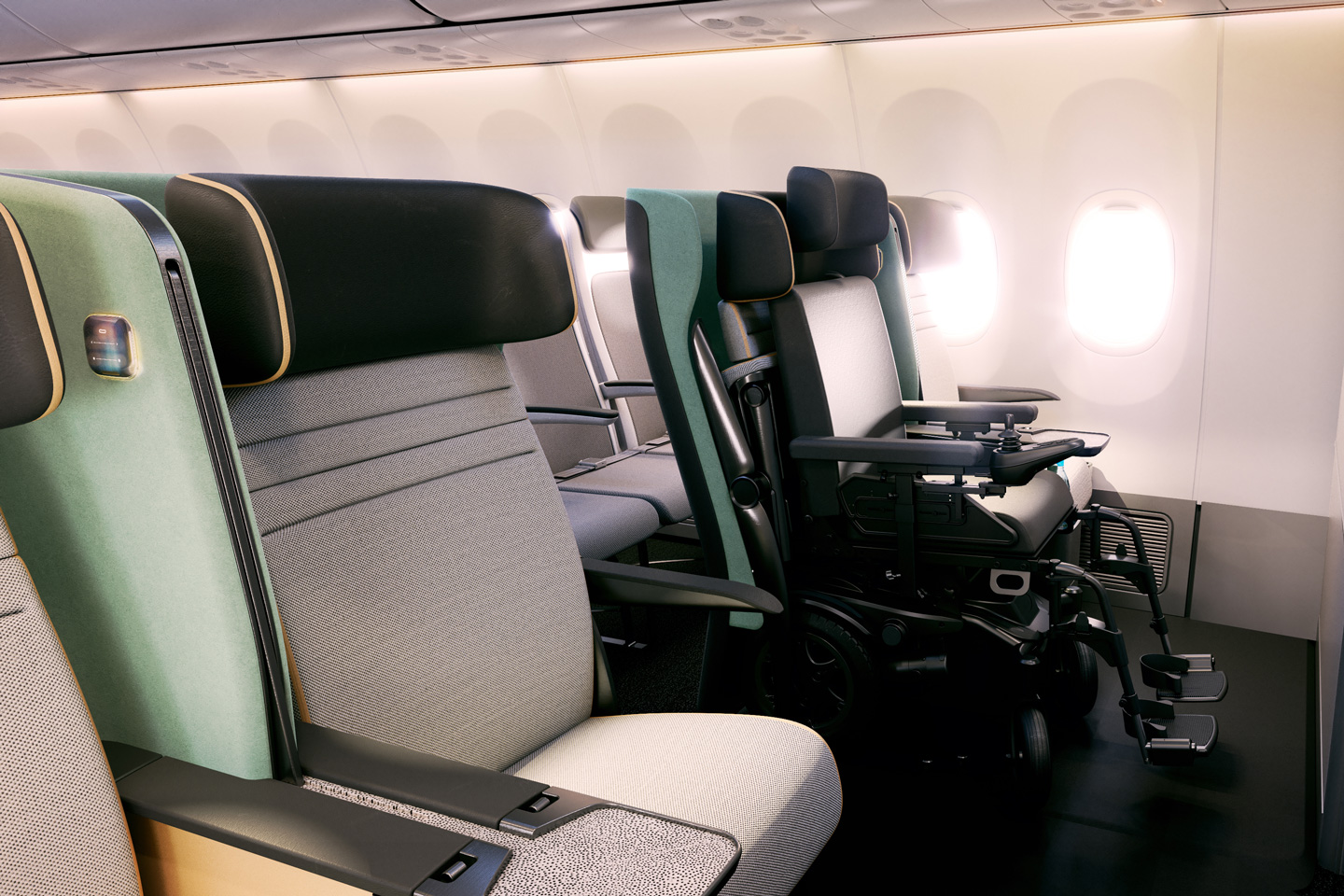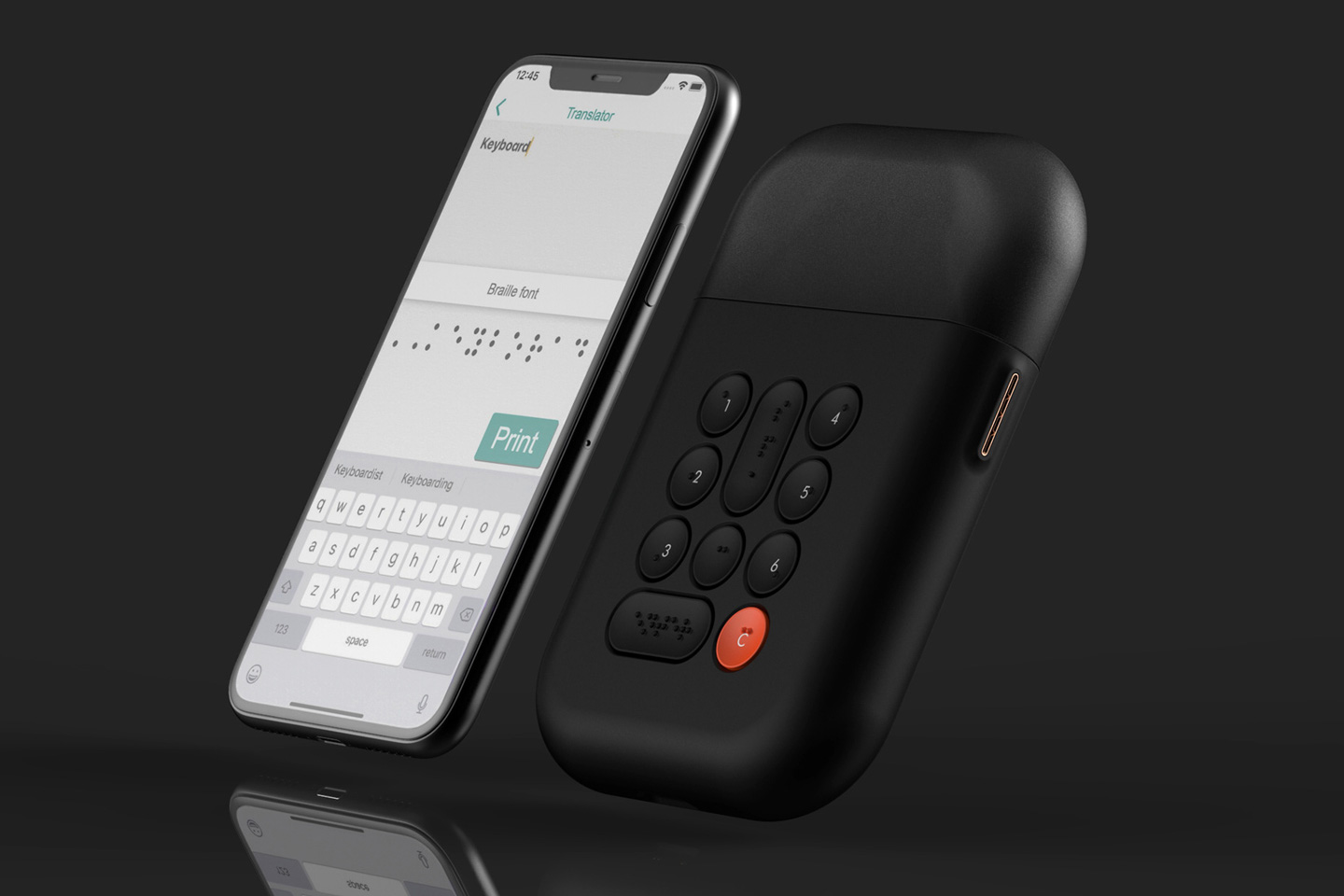
Here’s a design exercise that I think can really help develop your skills – take a product and see if it’s disability-proof. If it isn’t, you’ve got yourself a rather nifty design brief! Take, for instance, the label maker – a pretty useful product… as long as you can see and read. To overcome this accessibility gap, the Braille Label Maker allows you to print labels in braille that the visually impaired can touch to read. The device sports an easy-to-use, non-cluttered design language, with concave recessed buttons that let you intuitively use the label maker without looking at it. The buttons on the label maker help navigate the relatively clean interface, and the labels can either be composed on the device itself or via a smartphone app using the special visually-impaired accessibility keyboard. Once the text is ready, the label maker prints it out on a special adhesive-backed Braille-friendly paper that lets you read the label by running your fingers across. Sure, the Braille Label Maker serves a very niche audience, but it’s an important one nonetheless.
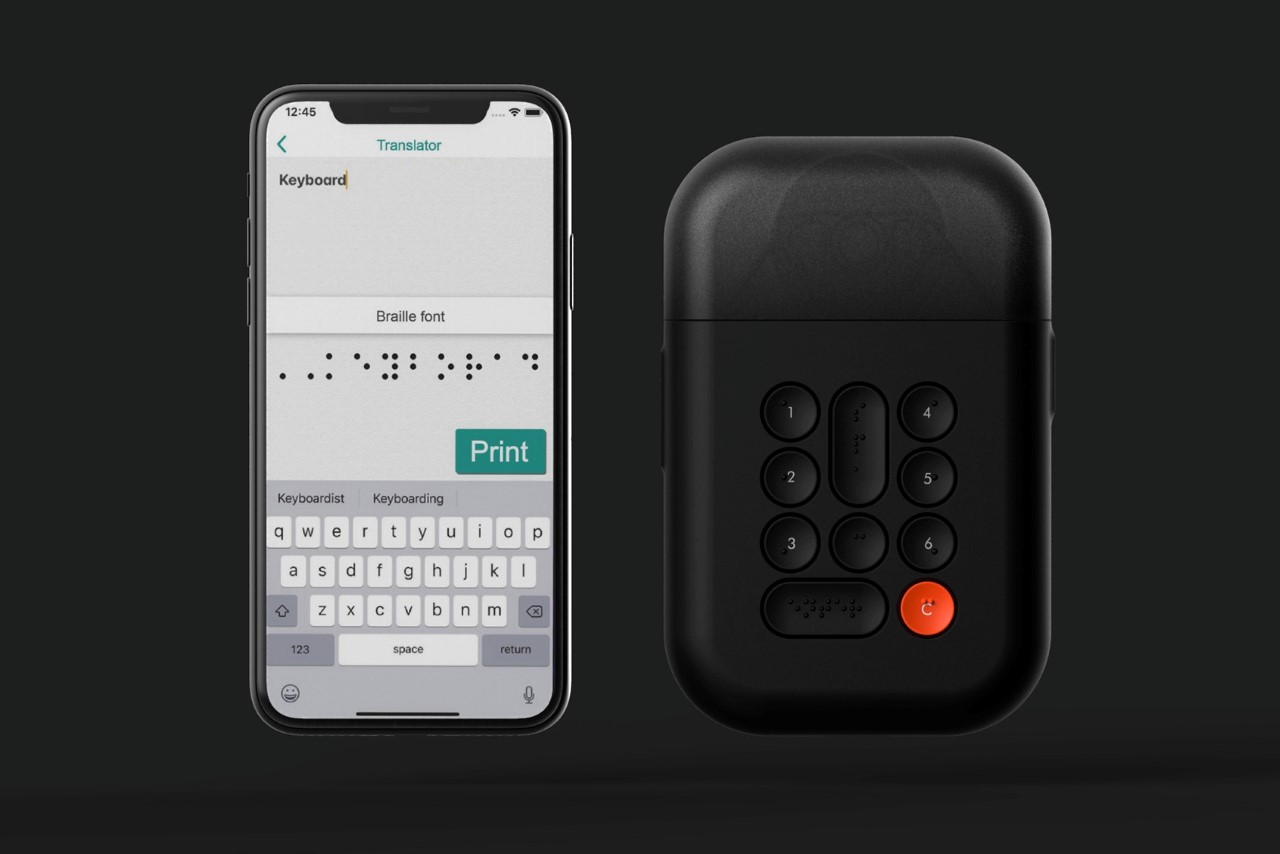
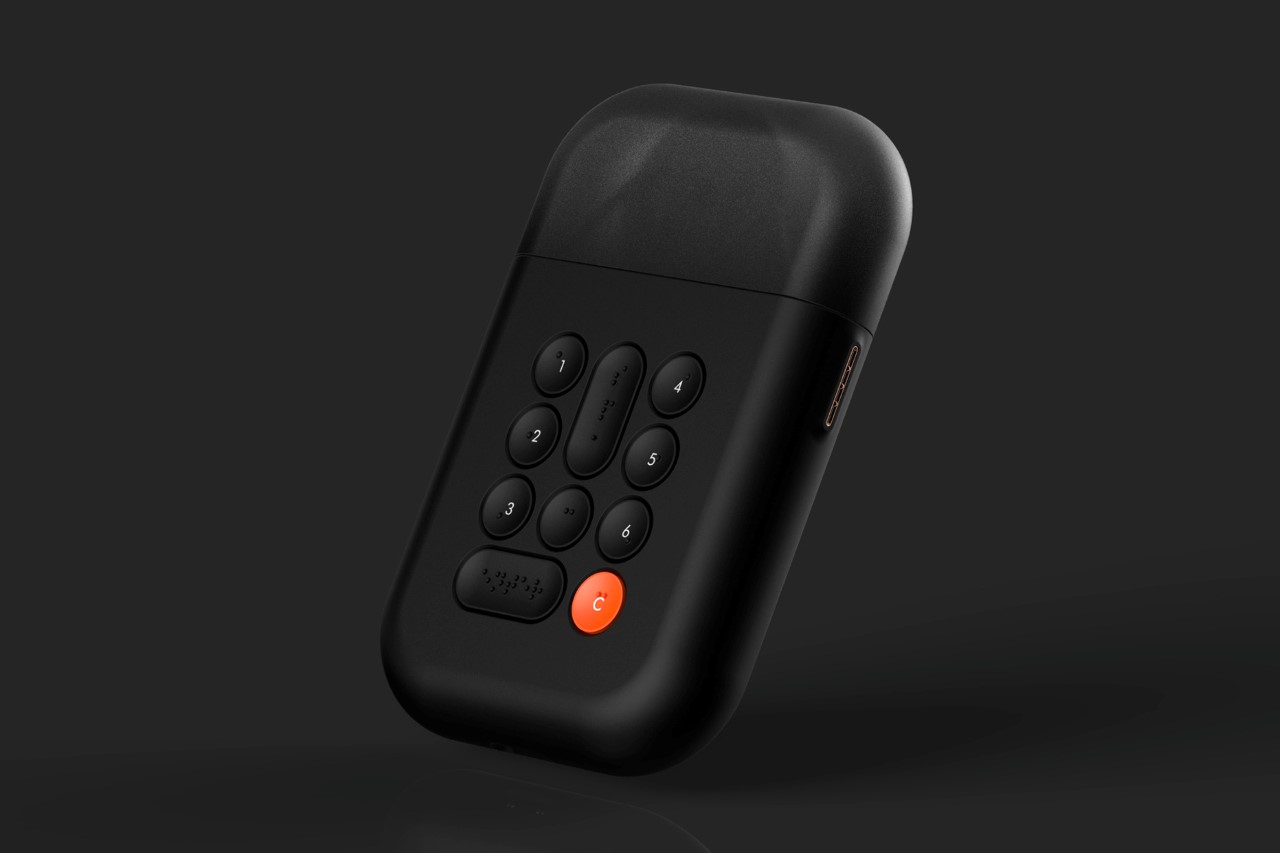
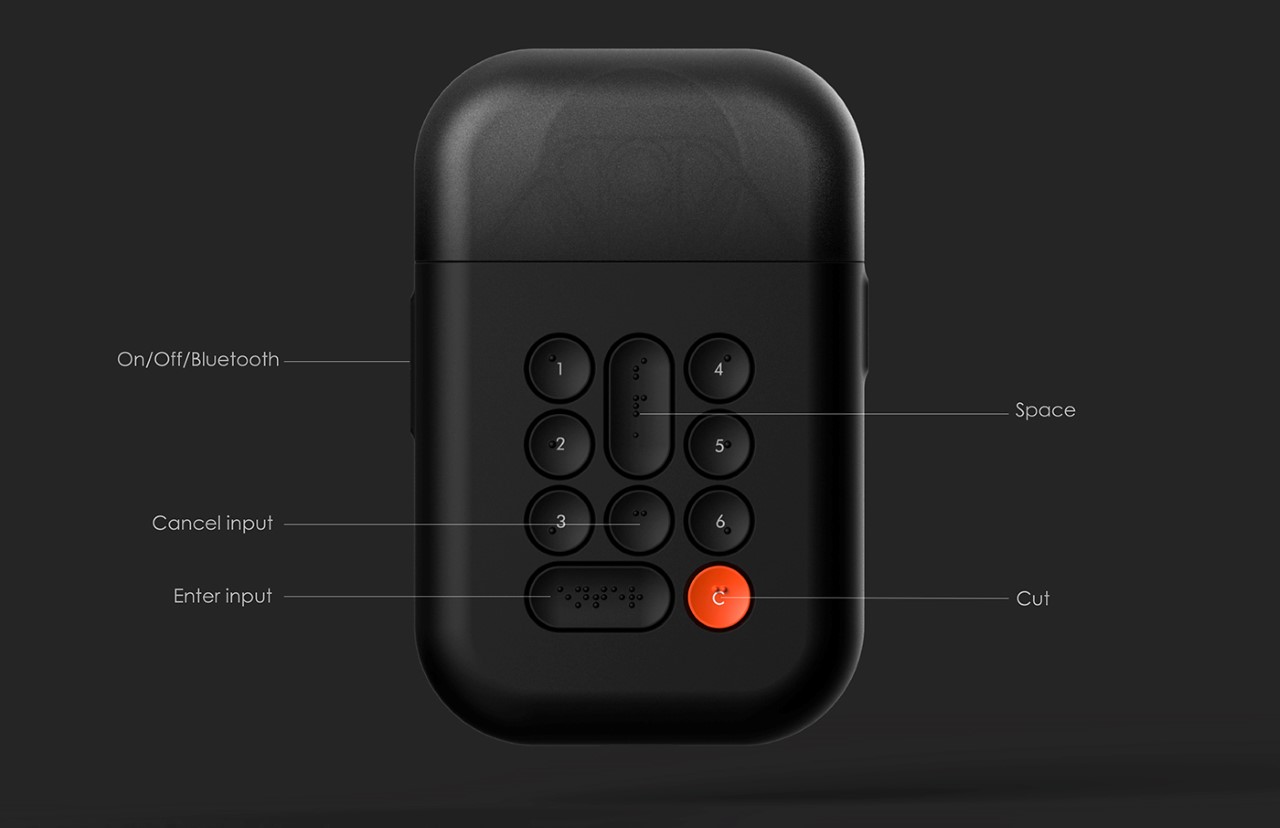
The Braille Label Maker’s most significant feature has to be its incredibly clean design. Curved surfaces make it easy and comfortable to hold, a hood on the top holds the roll of paper, and a minimal keyboard with Braille markings and concave keycaps makes it easy to type with minimal error. Even though its wonderful black and orange design is the kind that your eyes instantly fall in love with, designer Isaac Chan was clever enough to focus primarily on making something the hands will love first, and the eyes later. The label maker finally sports a connector-pin-based charging port at the bottom that presumably uses a MagSafe-style cable, making it all the better for the blind to use!
Designer: Isaac Chan
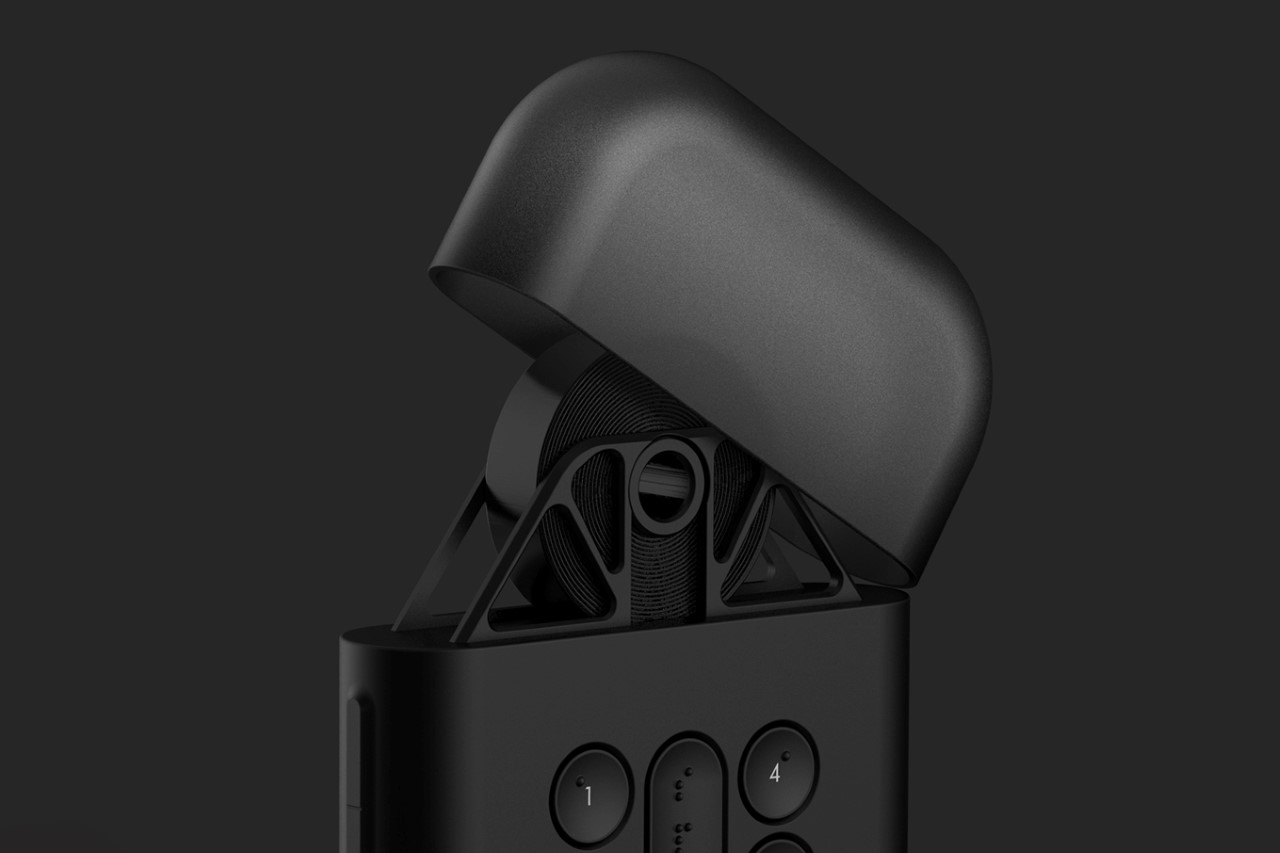
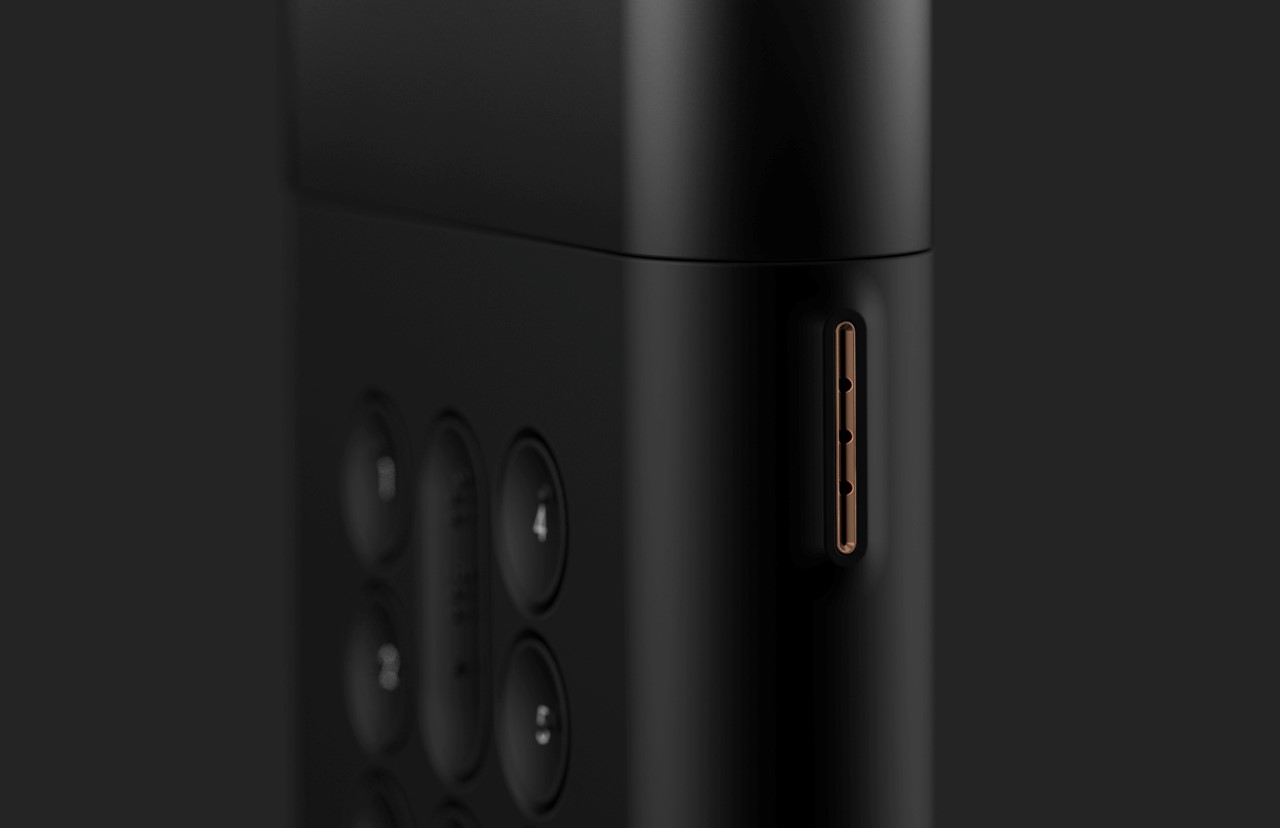
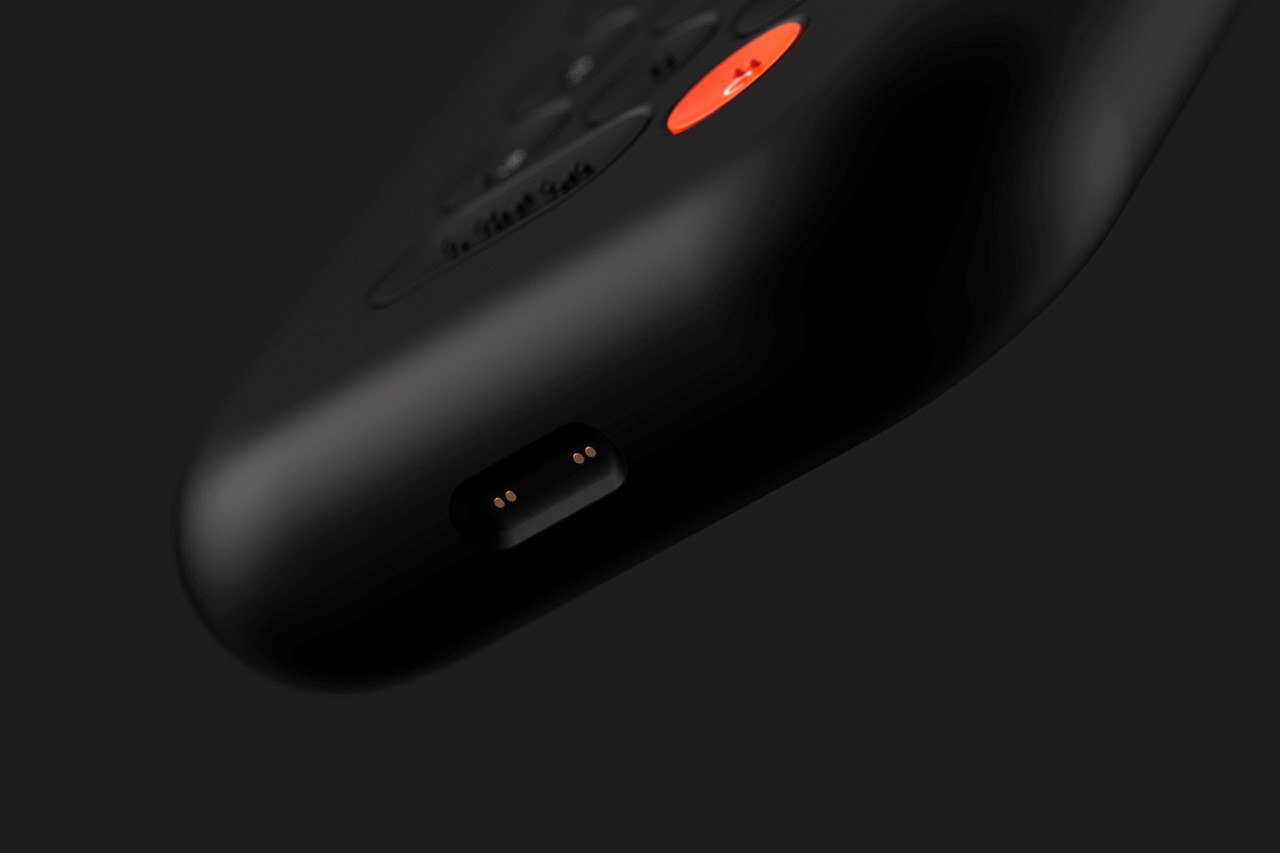
The post Label Maker with a Braille input allows visually-impaired to print tactile touch-friendly labels first appeared on Yanko Design.
